I think you get the point of this series. Although we ought to have a good selection of those female characters that literally kick ass (or punch faces, shoot guns, leap from buildings, kill monsters etc etc), we also dive a little deeper, and dig out those characters that define Kick-Ass in other familiar ways. Very effective, tough, influential, powerful, aggressive, exciting, can also be applied to the more abstract, or mental, aspects of a character – could reflect their life status, impact on someone else, the grand affection of love, survival, independence. Here’s a starter for ten:
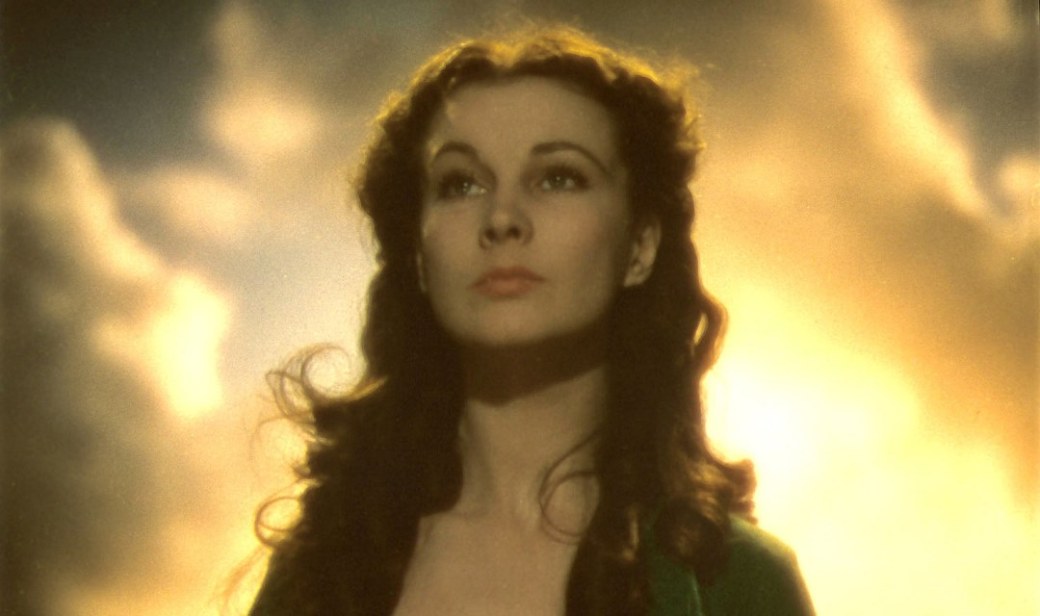
Scarlett O’Hara – – – Gone with the Wind (1939)
As a mere child watching movies, and God as my witness, I first found Scarlett O’Hara to be a little self-centered and stubborn, something of a feisty brat. I still loved her though. I discovered of course that Scarlett is much, much more than that – an iconic, important, epic character, full of depth and strength, from a likewise motion picture experience. Given the time the film depicts she is without racial agenda, has an unabashed resilience, she is a strong-willed woman, a fool for love and carrying a natural survival instinct. In Gone with the Wind, a grand movie set in the American South during the civil war, Scarlett has to endure the conflict and tragedy around her. Determined to maintain the family cotton plantation following the death of her mother, and then eventually her father, Scarlett experiences a seemingly unrequited love, is widowed at a young age, helps deliver a baby, later suffers her own miscarriage, and then the death of her young daughter Bonnie Blue. Not to mention the turbulent romance with Rhett Butler, which is misunderstood by audiences as the be-all and end-all of the movie. It is not. Scarlett O’Hara (the outstanding, mesmerizing, incomparable Vivien Leigh) is a platform for female characters of the the past, the future, and today, her fist clenched vows and undefeatable spirit make her one of the strongest, most influential characters in cinematic history. Frankly my dears, we do give a damn. – – – Robin Write @WriteoutofLA
Jeanne d’Arc – – – La passion de Jeanne d’Arc (1928)
Carl Theodor Dreyer’s silent classic is considered to be one of the greatest films ever made, and a lion’s share of the credit must go to Maria Falconetti’s landmark performance that towers above nearly all screen performances, before or since. Her Joan is made all the more real by the spare sets, expressionistic lighting and intense camera angles which outline and compliment every glance. We never doubt her character’s convictions through her trial and confession and feel the futile satisfaction that comes when she ultimately recants her confession, knowing that by doing so she seals her fate to the stake. The secret to Falconetti’s performance is not so much the religious connection as it is loyalty to one’s own beliefs and self worth. Her emotional journey to this realization is what makes the film so moving, and we see and experience every emotion thanks to the skillful interpretation of this great actor – it was only her second screen performance and her last. Truly astounding and evocative work. – – – Steve Schweighofer @banjoonthecrag
Ma / Joy – – – Room (2015)
Seven years is a long time to be away from your parents, your friends, the world you once knew. It’s a far more unimaginable experience when you’re kidnapped as a teenager, kept in a shed, and routinely raped. Joy (a remarkable, Oscar-winning Brie Larson) somehow maintains a wondrous spirit, developing and maintaining her role as a mother, a protector, in the most dour, horrific of circumstances, to the now 5-year-old Jack (a spirited turn from Jacob Tremblay). They share the enclosed space, the skylight keeping them from total darkness – a bed, a bathtub, a toilet, a cupboard, make-shift kitchen, a TV. Ma’s optimism goes beyond heavenly, building a make-belief world for her boy’s sanity, and when she has had enough and plans the escape, she has to somehow give comprehension about the real world that exists outside the room. When eventually free, the struggles in re-adapting are tough for Joy too, even in her former family home. A challenge to the senses nobody can understand – even for a mother of such true devotion and strength. – – – Robin Write @WriteoutofLA
Nurse Ratched – – – One Flew Over The Cuckoo’s Nest (1975)
The unsurpassed symbol for the manipulation of power. Nurse Ratched isn’t kick-ass in the revered traditional sense, but her calm yet steely and patronising tenor is enough to strike an overwhelming fear in those she wants to fear her. She demands authority from even the sickest of patients, and with a grotesque dexterity for evil but otherwise blank expression devoid of all emotional investment or empathy, her wishes are eventually granted. The obdurate sphere of arbitrary omnipotence in which Nurse Ratched brews her fatal schemes is filled with a calculating callousness and a penchant for institutional corruption which more closely resembles the fantastical sadism of comic book villains rather than the commonplace bitterness of fellow drama antagonists. – – – Rhiannon Topham @rhiannontopham
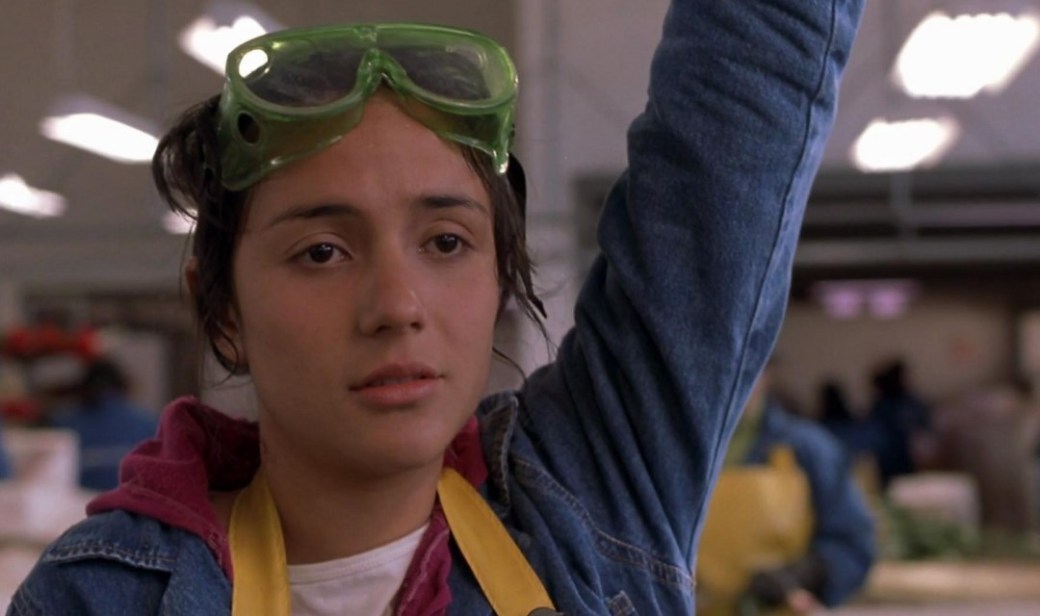
María Álvarez – – – Maria Full Of Grace (2004)
What a refreshing discovery Catalina Sandino Moreno – winning Best Actress at the Berlin Film Festival and earning an Oscar nod with AMPAS for her terrific turn in Maria Full of Grace. The Colombian actress plays a teenager, Maria Álvarez, struggling to support family, working a shitty job, and then falling pregnant to a boy she knows there is no future with. Pushed to the edge, Maria takes on the risky task of a drug mule, having to swallow down tens upon tens of drug capsules and flying to New York City with another girl. After a dodgy moment at U.S customs, complications arise during the “passing” of the drugs, and Maria makes life-changing choices that were never part of this desperate plan, though are will-intended and noble. Her last minute decision to stay in America and not return to her home in Colombia may be the hugest, bravest she has to make. – – – Robin Write @WriteoutofLA
Sonmi-451 – – – Cloud Atlas (2012)
This choice for bad-ass females in film is an odd choice but stay with me here: Sooni is a human clone who works as a server for a fast food joint in a dystopian Neo-Seoul in 2144, who discovers the very reason for her existence is a form of cheap labor for the powers-that-be and eventually becomes a target for extermination. She is rescued by Hae-Joon Chang a rebel freedom fighter (man, the Wachowskis love their stories dealing with uprisings!) who shows her what happens to her kind as they are slaughtered and recycled for the other clones’ food intake. Horrified with the truth, she joins the resistance and broadcasts her experience and her manifesto. My reasoning for her inclusion here is two-fold – first, in film, the white, male protagonist is usually the “chosen one” that leads some sort of rebellion against an unjust and oppressive system (see Kirk Douglas in Spartacus, Charlton Heston in The Ten Commandments etc), so it’s utterly refreshing to watch a person of color, let alone a woman, being the centerpiece of a section of a film which deals with rising up from an oppressive system. And second, even though she is ultimately captured and executed, her story and her words echo through time as a record of what was left behind for another group of people, in another dystopian future, where her manifesto has become scripture, and is worshiped by the tribe.
Jonathan Holmes @MisterBrown_23
Michelle – – – 10 Cloverfield Lane (2016)
A huge dilemma for Michelle (Mary Elizabeth Winstead), and the audience watching the movie 10 Cloverfield Lane, is whether or not the suspicious, paranoid Howard (John Goodman) is protecting her from an apocalyptic, hostile environment, or holding her captive in the daunting underground bunker. Having been in a car accident, Michelle wakes up in a concrete cell, unable to get free. The introduction of Howard and his informing her that the Earth is in fact uninhabitable after it was attacked only adds to her anxiety. Michelle has her eye on the ball though, attempting to escape, playing along with the habitational routine, discovering a missing girl was kept here, manages to avoid death by perchloric acid, and assembles her own biohazard outfit. When Michelle does wriggle free, she finds she can breath the air, only to be tracked by an extraterrestrial ship that omits a deadly gas – and her human survival instinct help her fight back. As open-ended as the finale is, our heroine earns the title as she turns her car toward further alien activity on the horizon. – – – Robin Write @WriteoutofLA
Cora Papadakis – – – The Postman Always Rings Twice (1981)
Before she landed the role of Cora in the remake of the film noir classic. Jessica Lange was primarily known for her work on 1976’s King Kong. After Cora, Lange’s career took off like a rocket, eventually garnering her the triple crown for acting, and it was this role that lit the candle. Lange brought an earthy hunger and reckless nature to Cora who, determined to escape from her domestic drudgery, plots with her new fling (Jack Nicholson) to dispatch her slovenly husband and live lustily ever after. It’s basically Lange at the controls from the initial seduction scene and subsequently famous sweat-and-flour dusted tumble in the kitchen to the actual murder. With every glance, sigh and stance, Lange’s Cora aches with obsession for a single goal – to feel alive again. A star was born with King Kong, but an acting powerhouse made her presence known here. – – – Steve Schweighofer @banjoonthecrag
Amelia – – – The Babadook (2014)
You think lifting cars with your bare hands to save your trapped baby is a big deal? Well, meet Amelia, an exhausted, distraught widow, who takes her motherly love pledge to the absolute extreme by expelling a putrid demon out of her just as it is about to guide her own hands into massacring her petrified son; making us all look like amateur parents in the process. How? By grabbing onto the fraying emotional bond she shares with her troubled offspring and riding it all the way to salvation like a boss. Not badass enough for you? How about then getting all up in the face of malevolence, whipping the beast down to absolute submission and keeping it in her basement as a freaking pet? And for the parents reading, please consider that not only is she a single parent but said offspring is a challenging, loud, insomniac 6-year-old and not once, not once! was she even tempted to let The Babadook just… babysit for a while. – – – The Greek
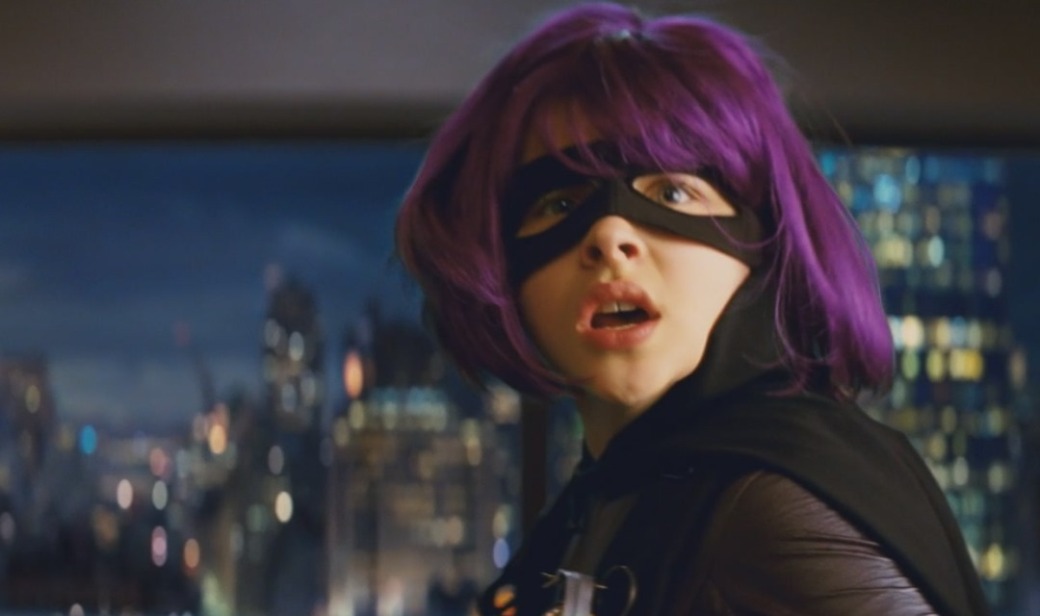
Mindy Macready / Hit-Girl – – – Kick-Ass (2011)
In the vast depth of cinema it is very rare to have an eleven-year-old girl vindictively utter the c-word and slice off limbs so effortlessly – thus having certain audience members kicking up a stick. Children grieve and develop in different ways. As played so ruthlessly by little Chloë Grace Moretz, crime-fighter Hit-Girl bursts onto the screen with real vigilante purpose in Matthew Vaughn’s sadistic black comedy Kick-Ass. Her alto ego Mindy Macready proves to be a product of her surroundings and upbringing, where her father Damon (AKA Batman-look-a-like Big Daddy) raised her to be tough and prepared – he was once a cop, set-up by a Mafia boss, resulting in his wife, and Mindy’s mother, taking her own life. Teaming up with the Kick-Ass of the title Dave Lizewski (Aaron Johnson), Hit-Girl goes full-throttle honoring her father’s well-intended legacy by exacting revenge on her enemies (I mean, seriously, she kicks a lot of ass here). There’s more to mere violence in this girl’s tale though, abound by a thoroughly ruffled and hazardous upbringing, losing a mother, and then a father in a strikingly poignant farewell. – – – Robin Write @WriteoutofLA
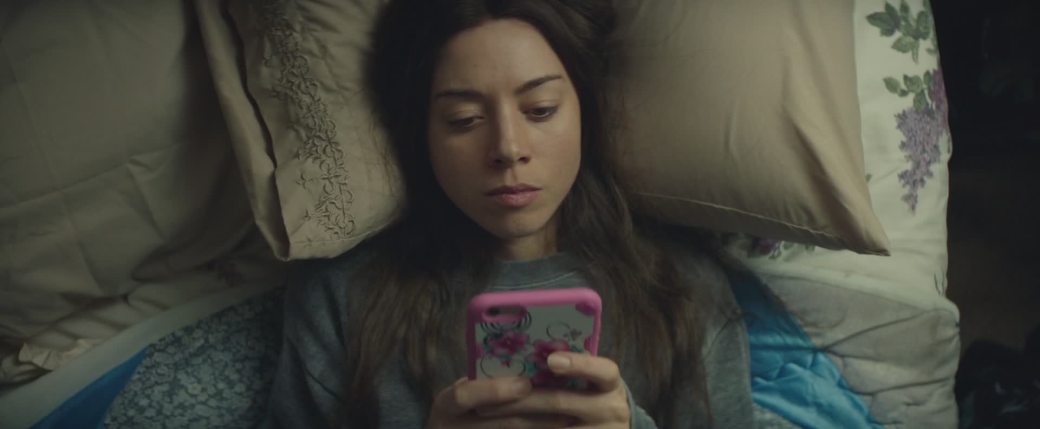
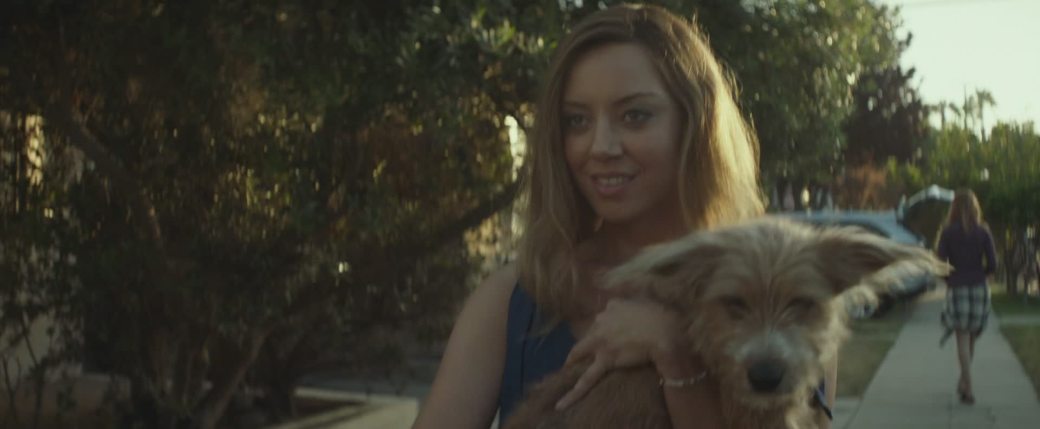
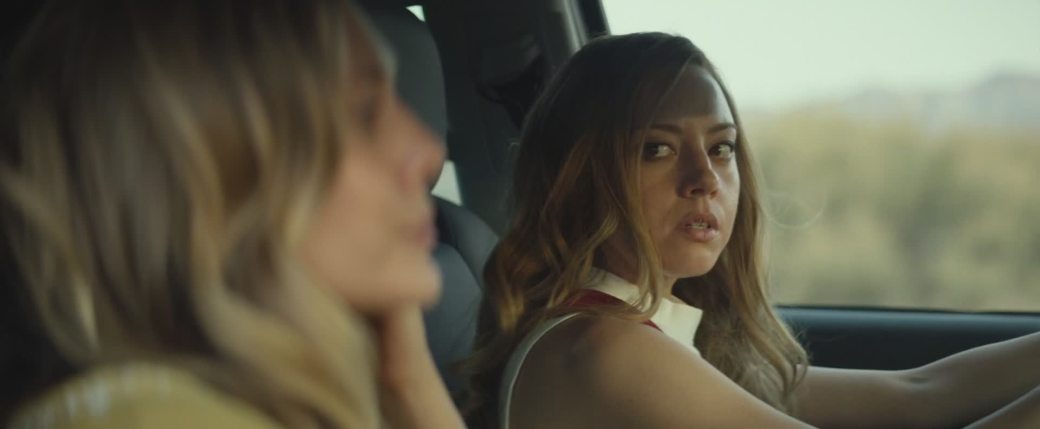




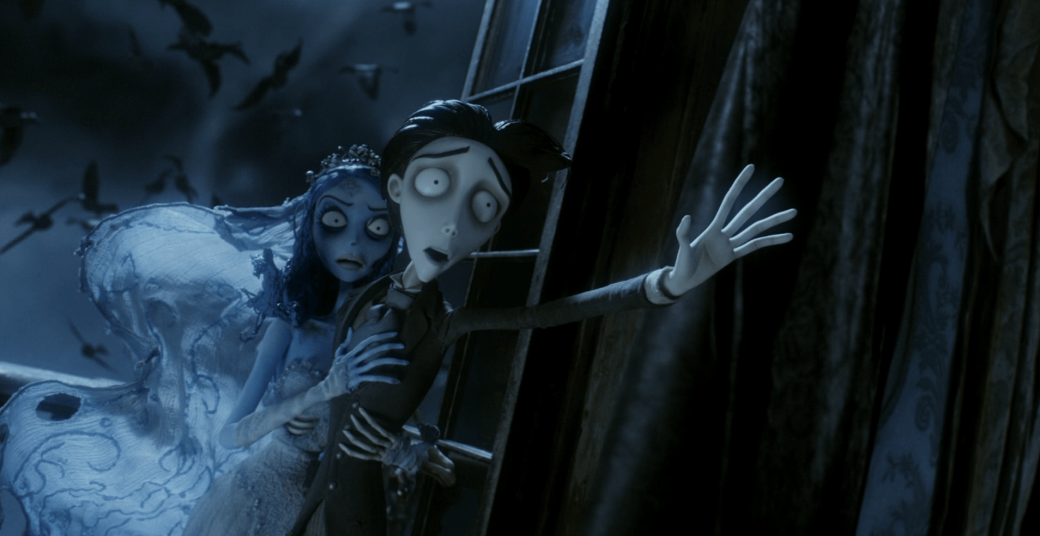
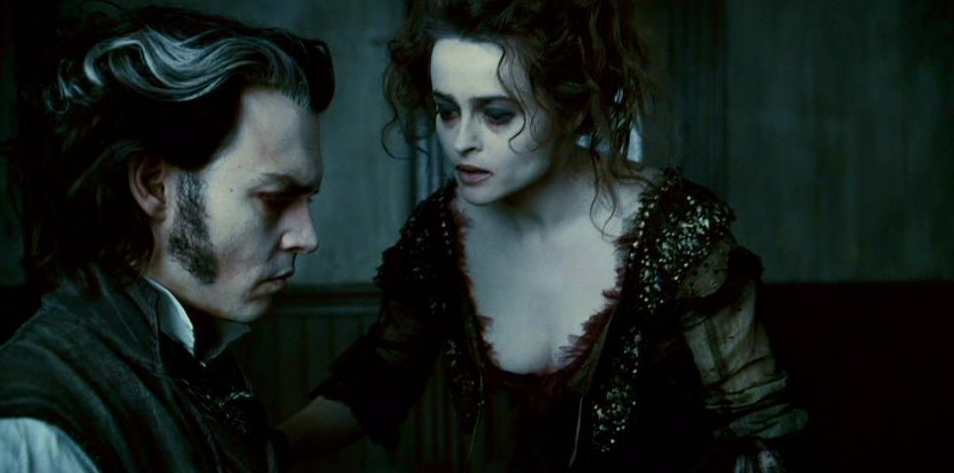
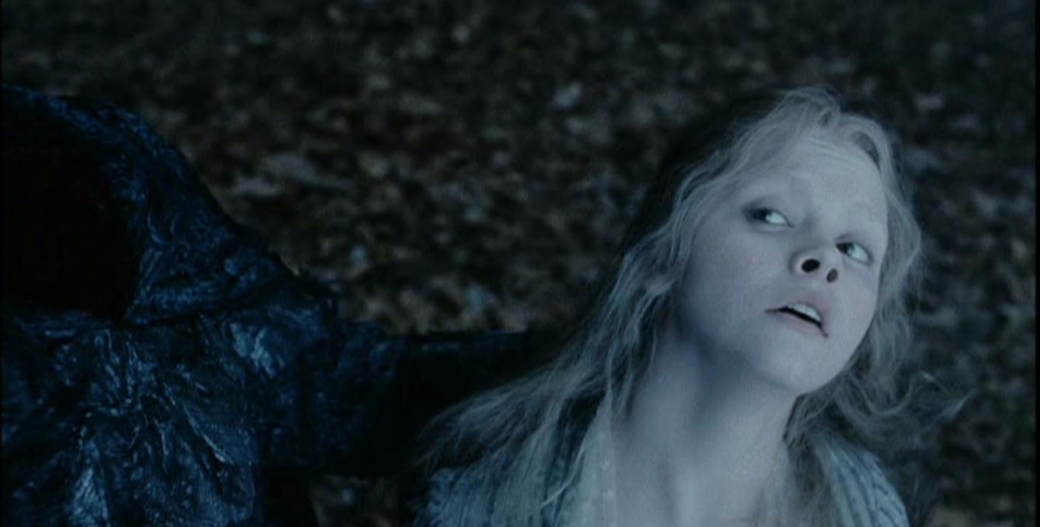
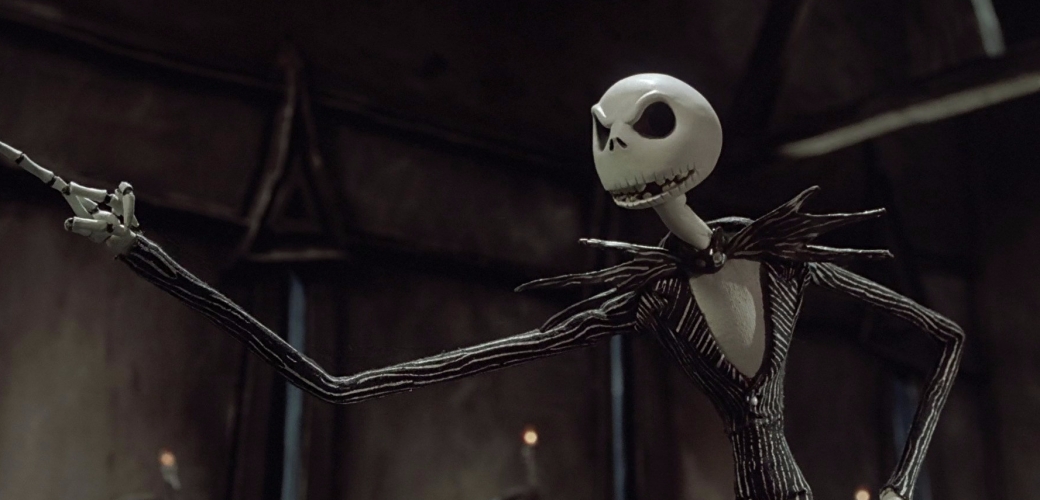
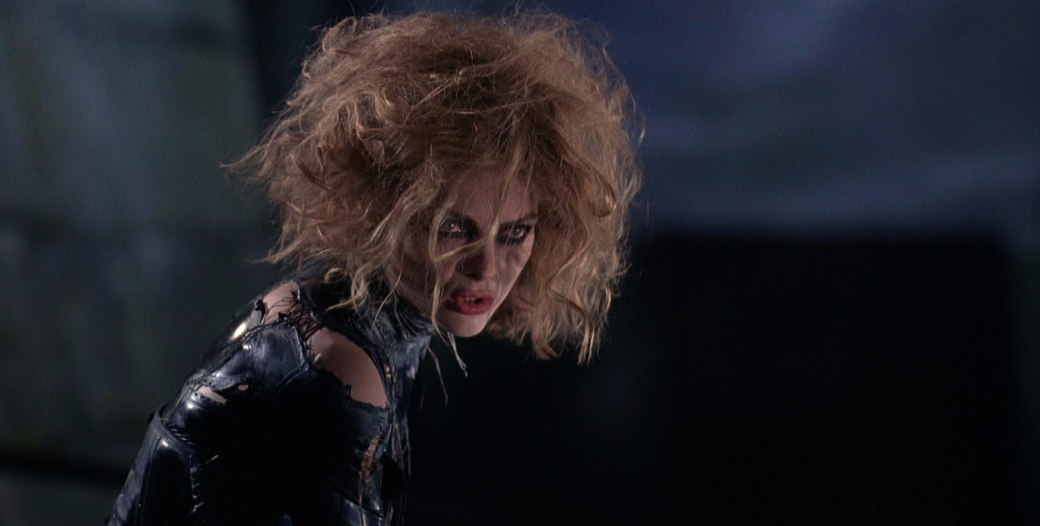
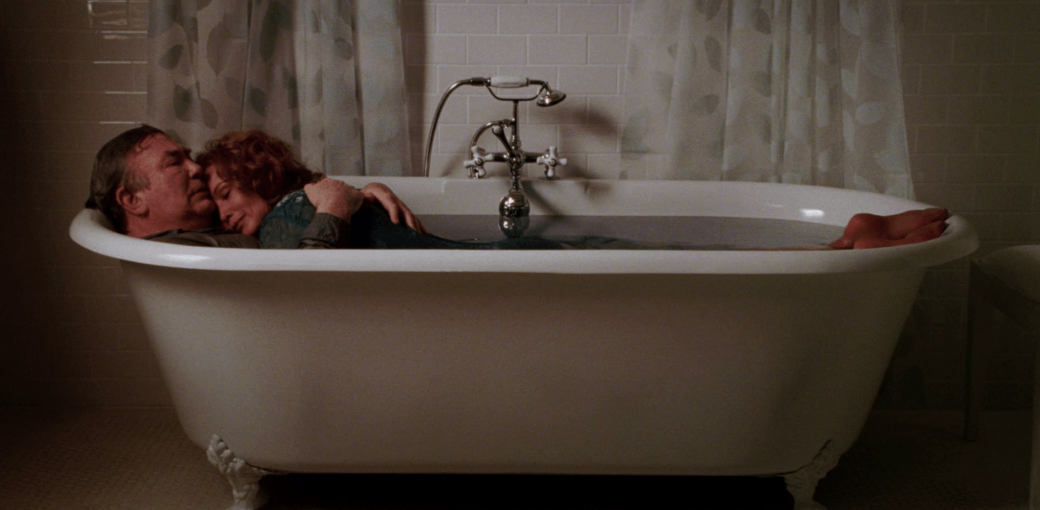
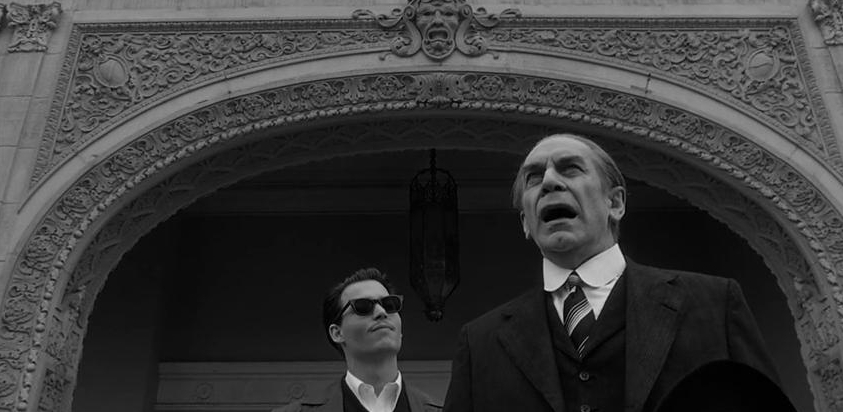
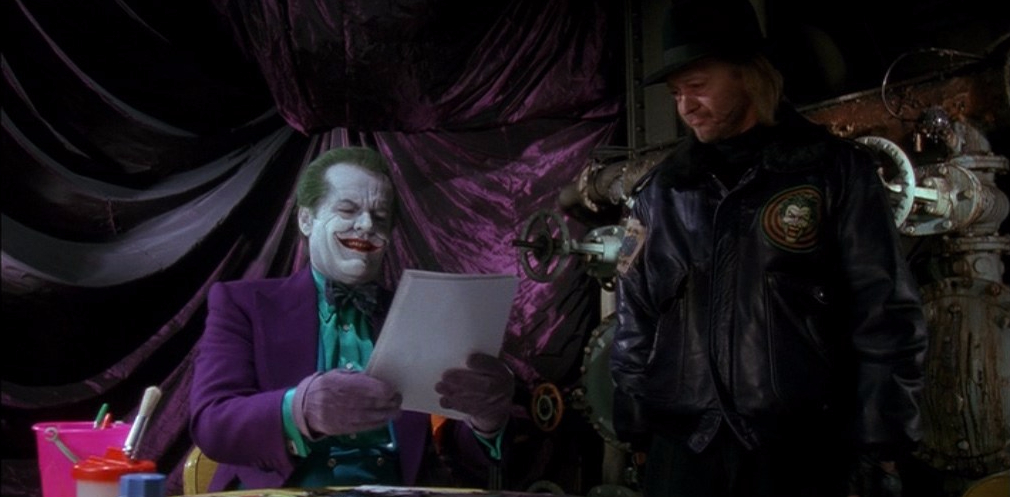
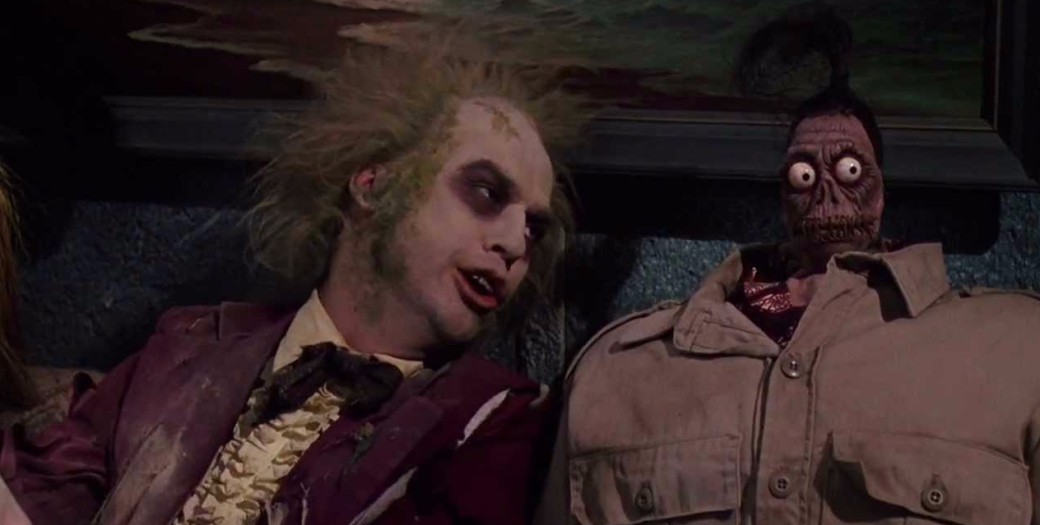
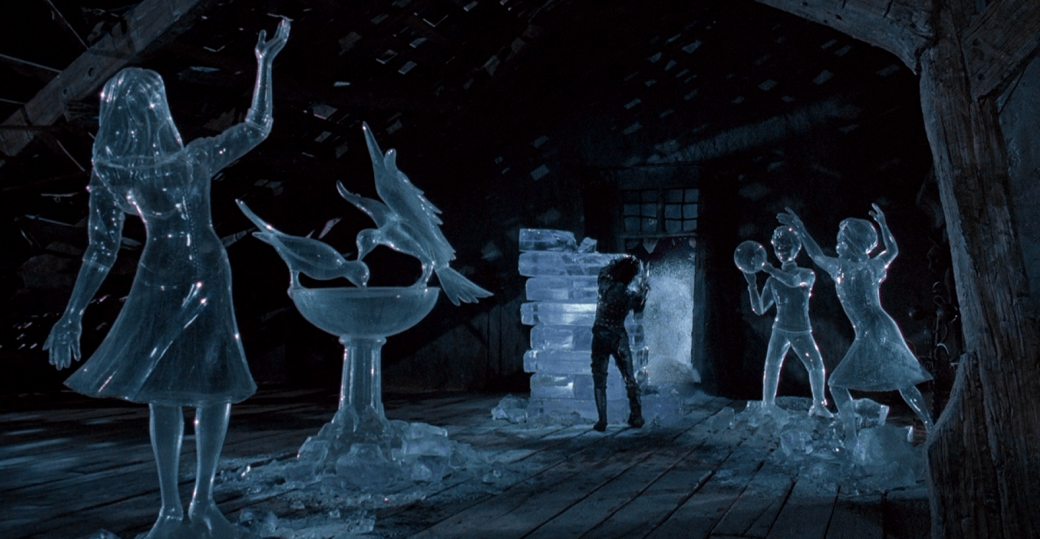





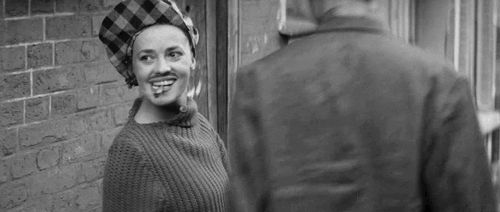

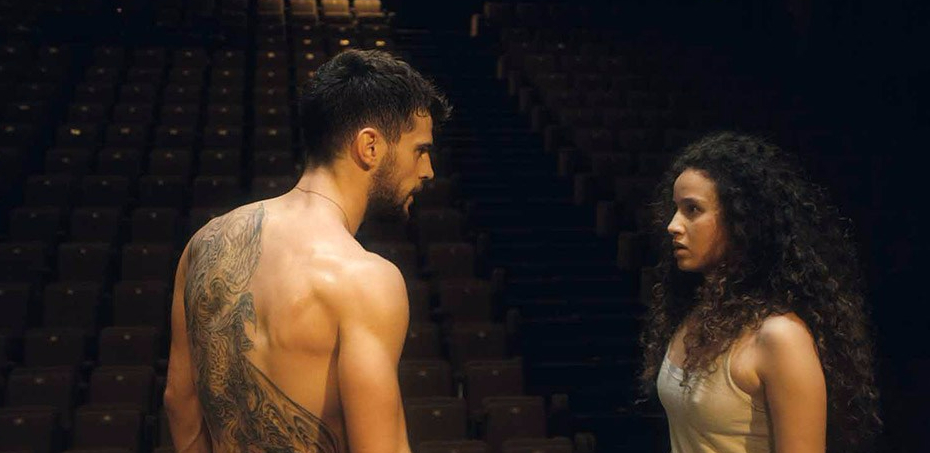
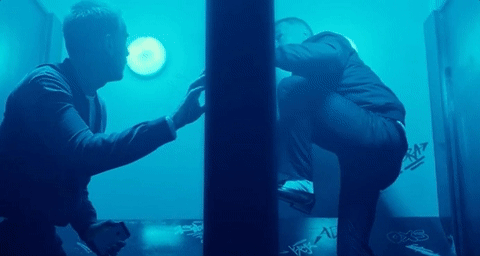
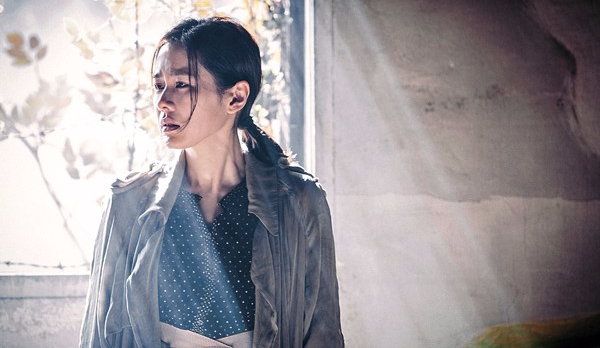
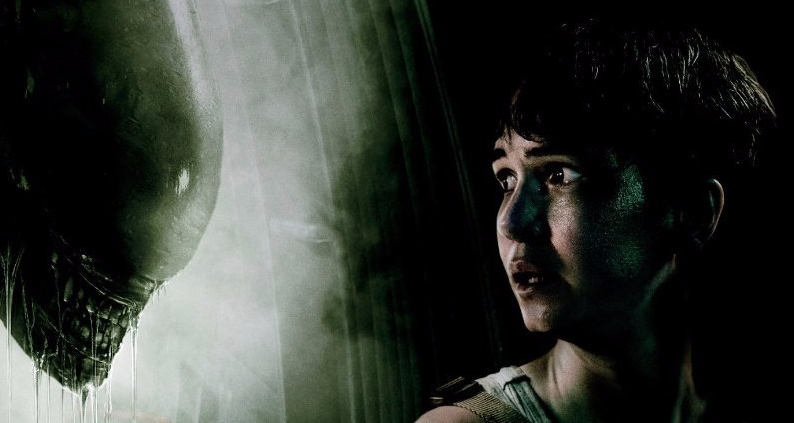
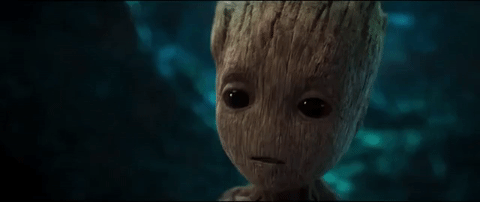
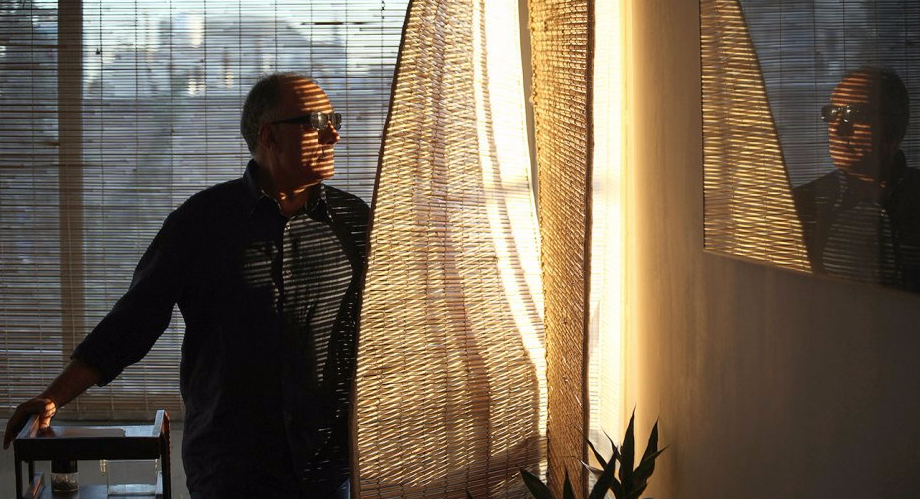

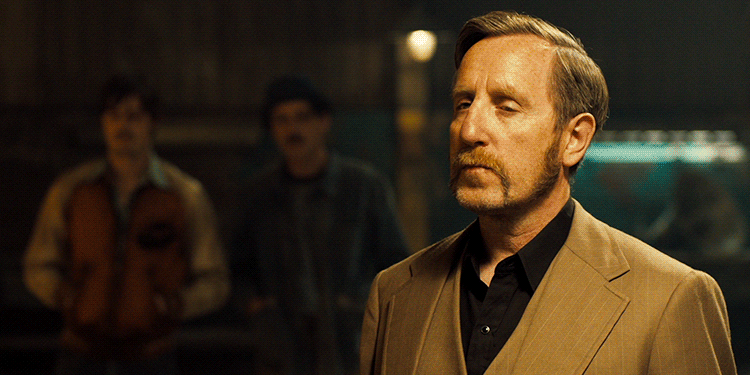
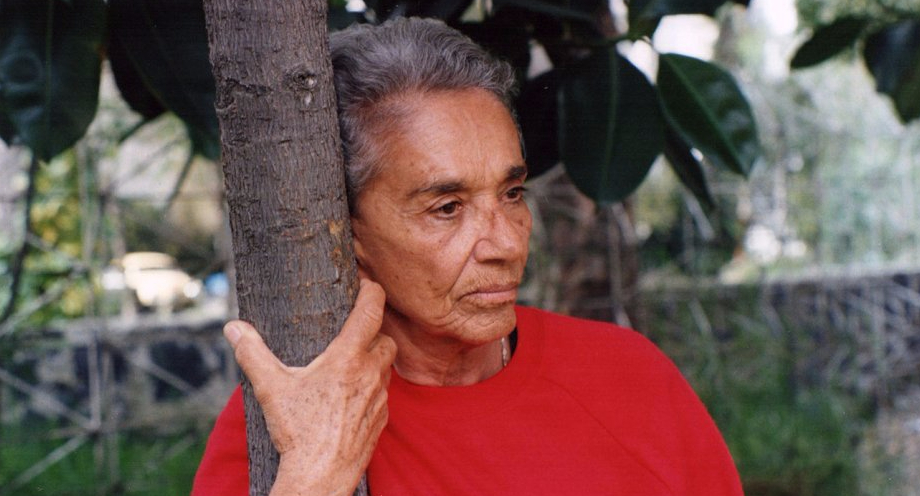
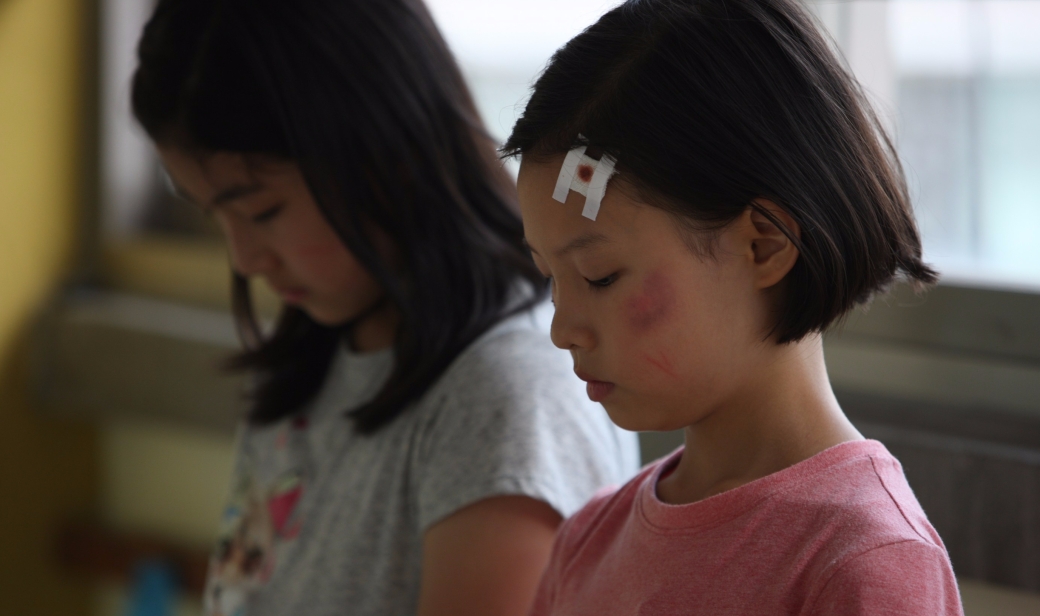
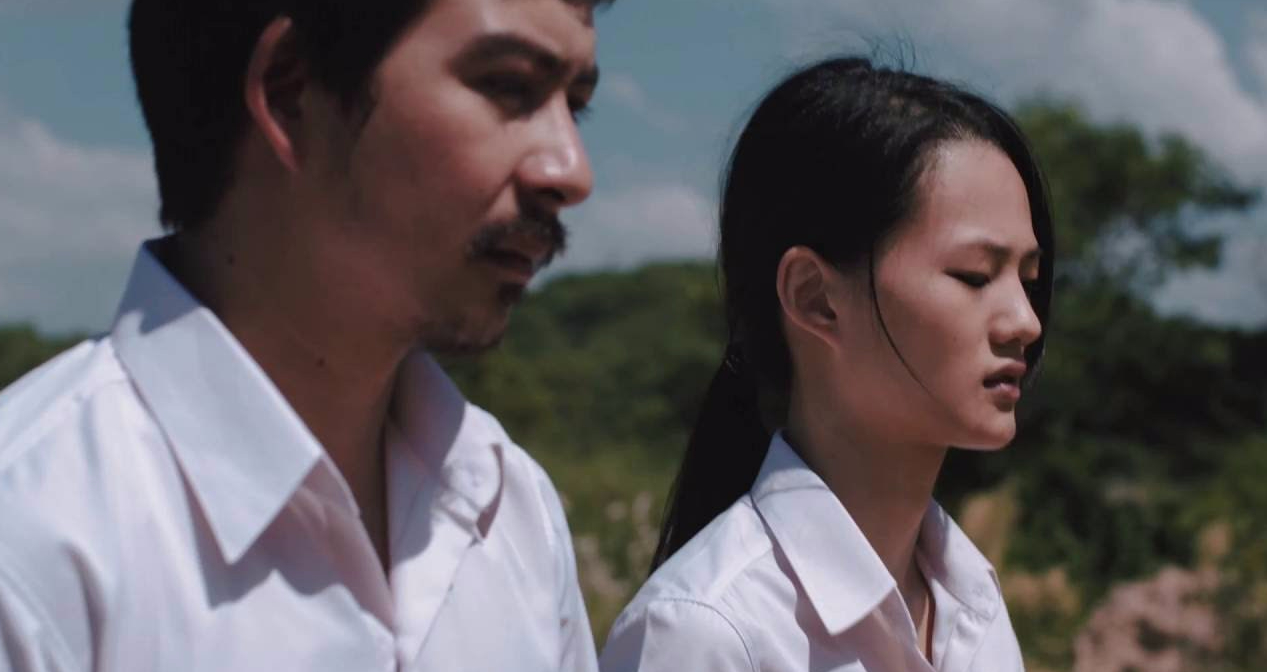
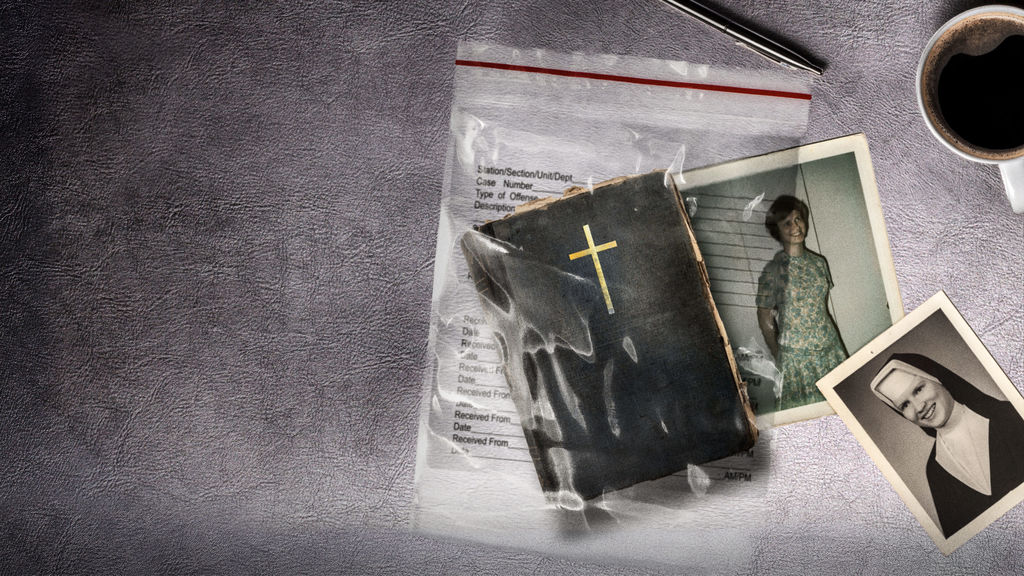

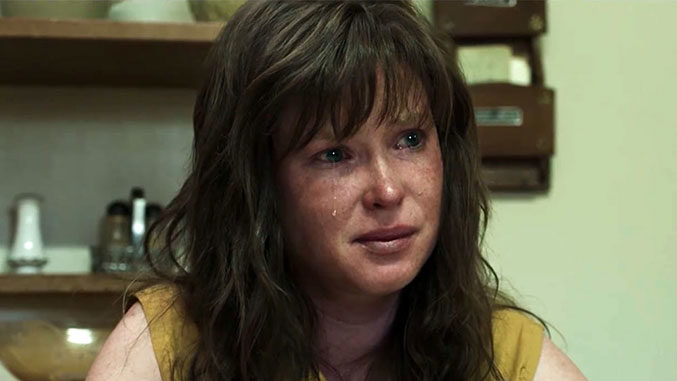
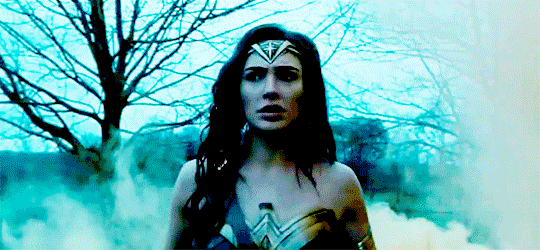
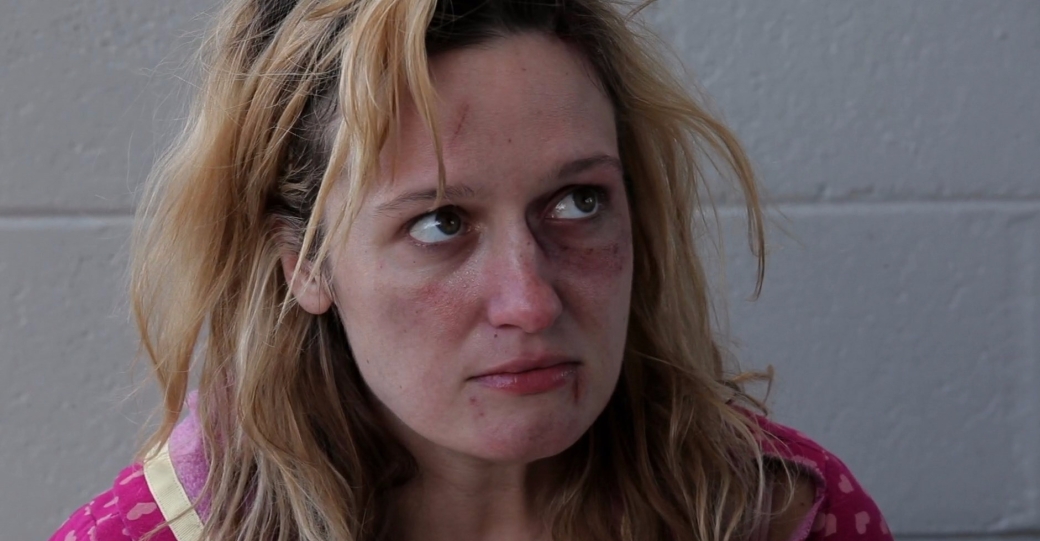
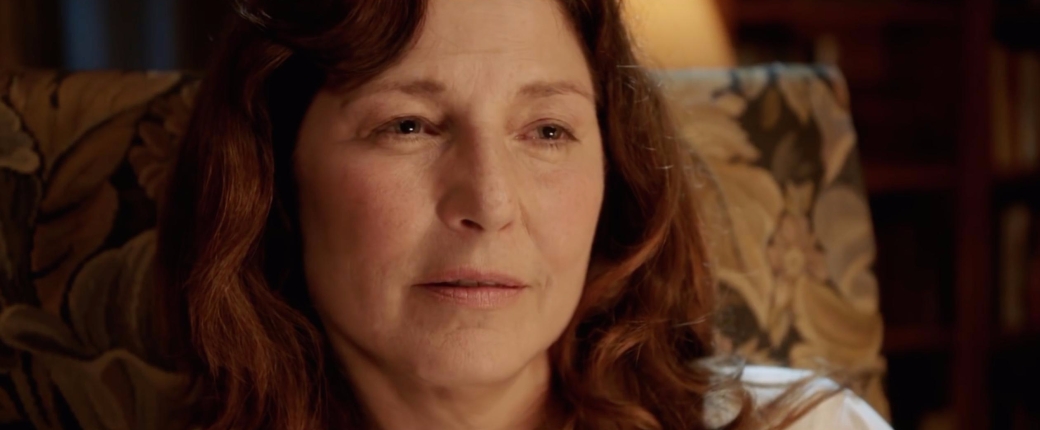
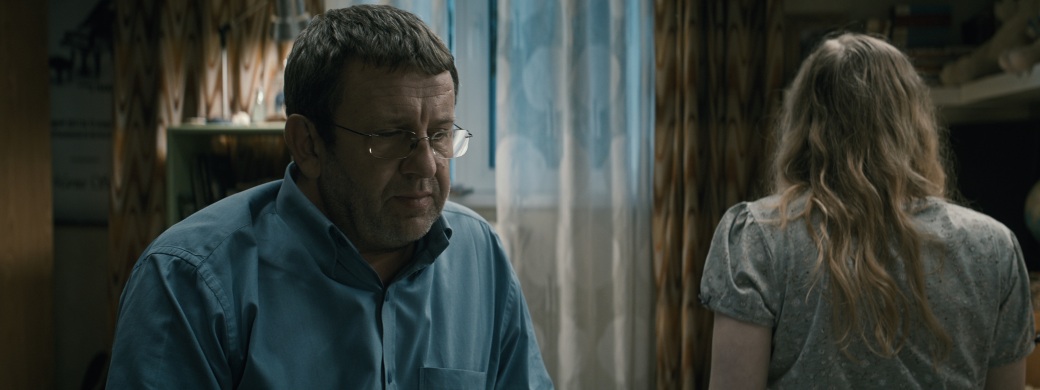
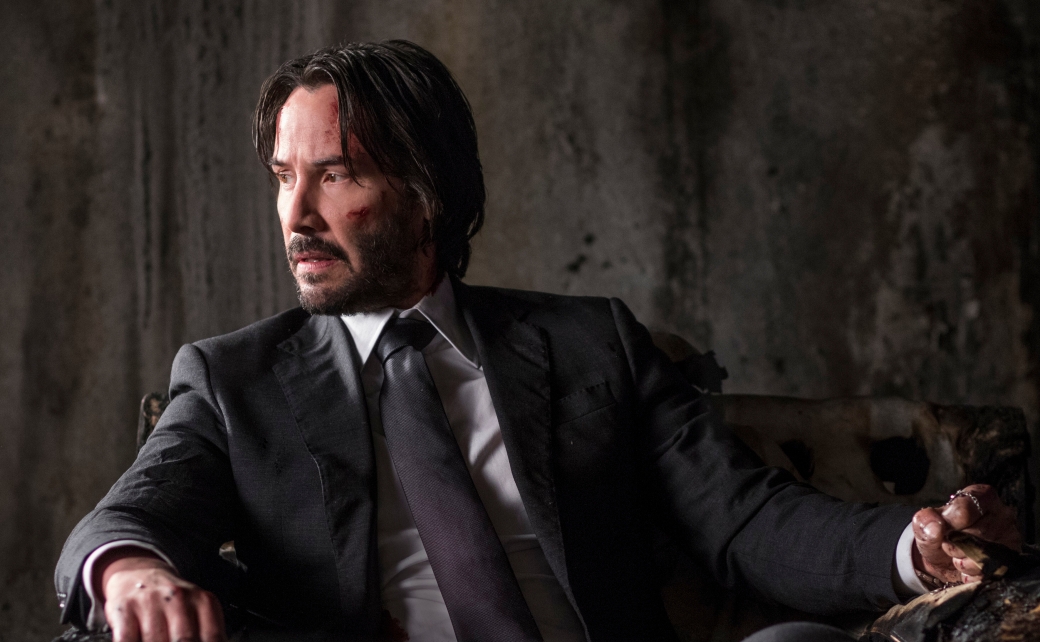
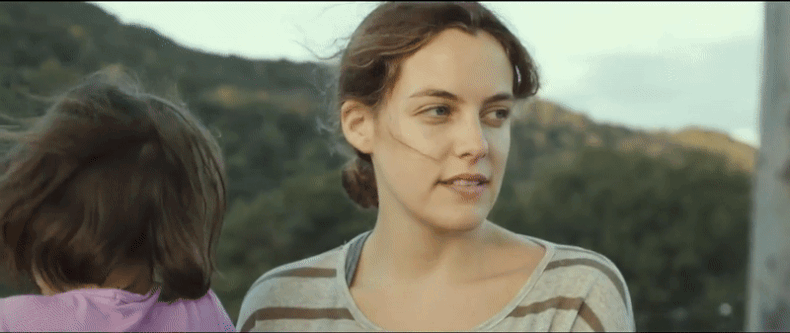

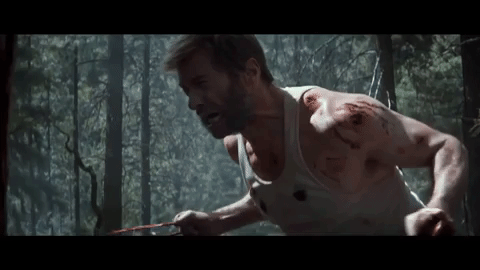
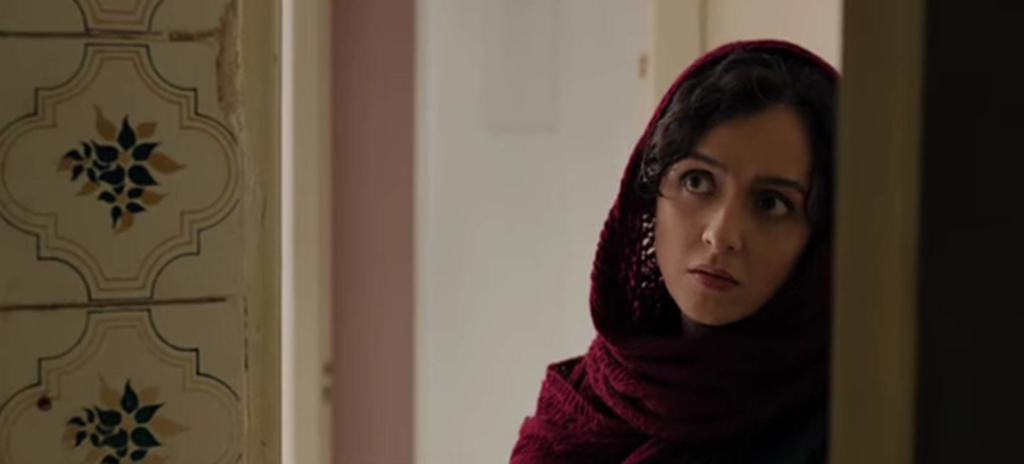
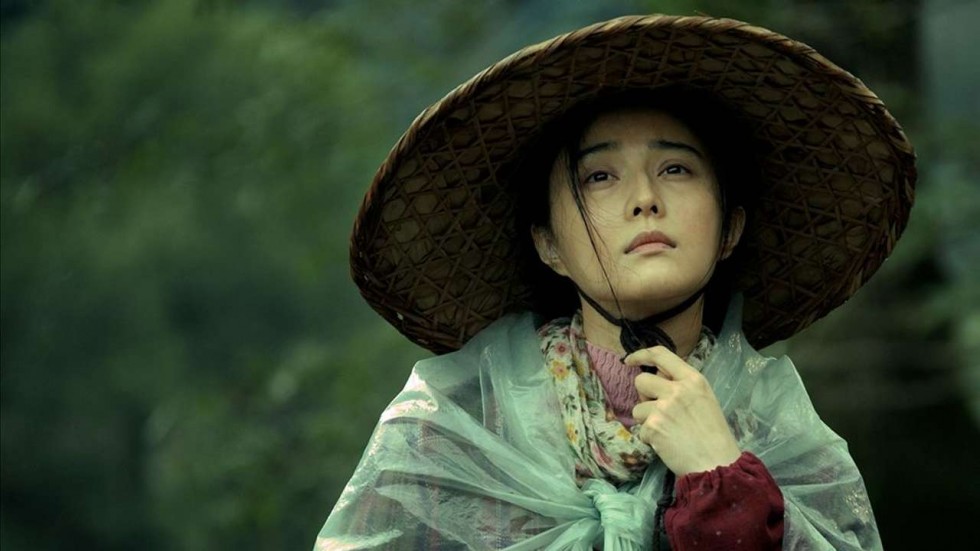
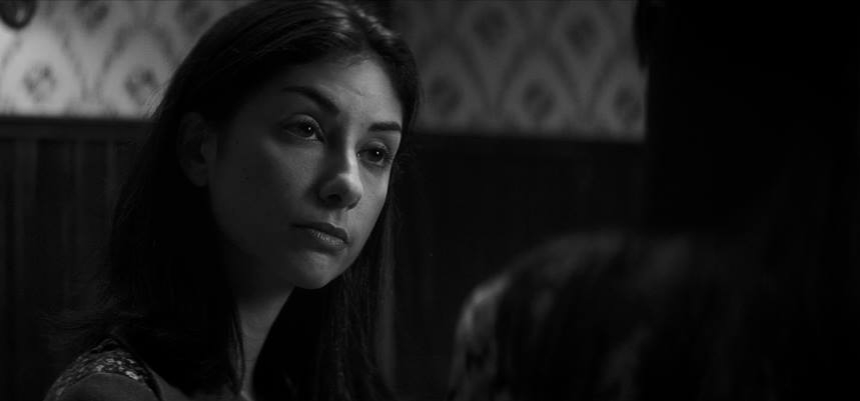
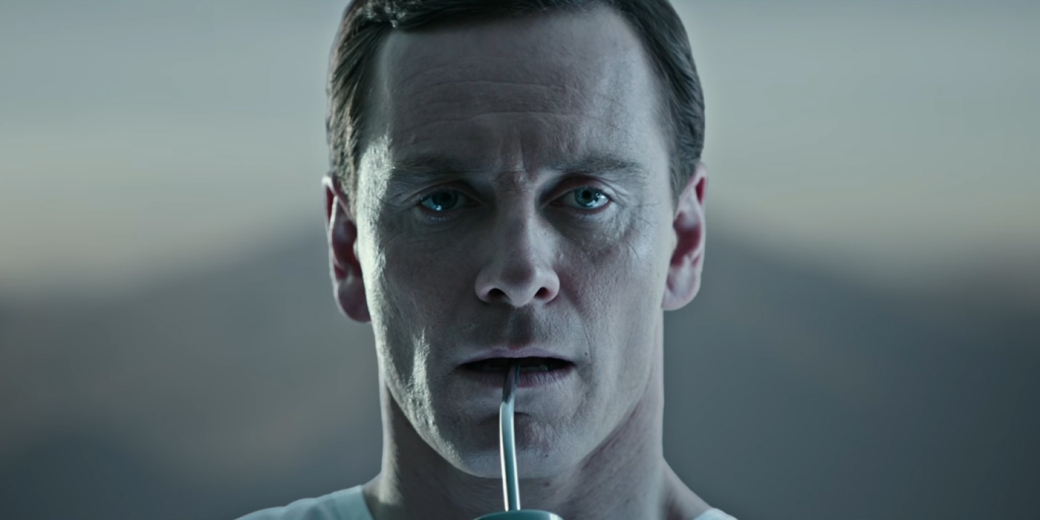
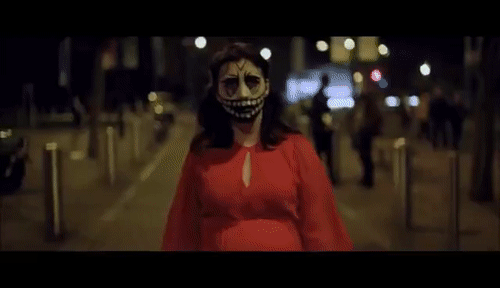

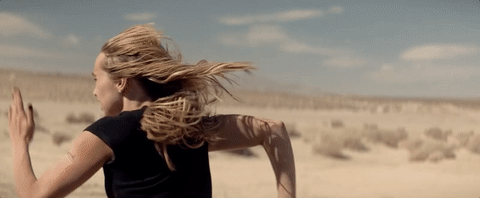
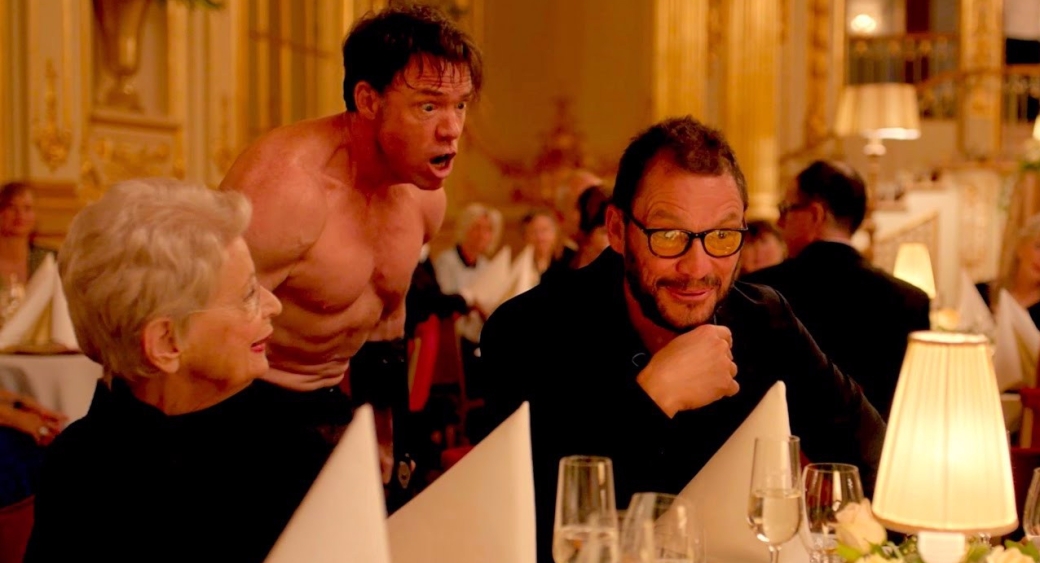
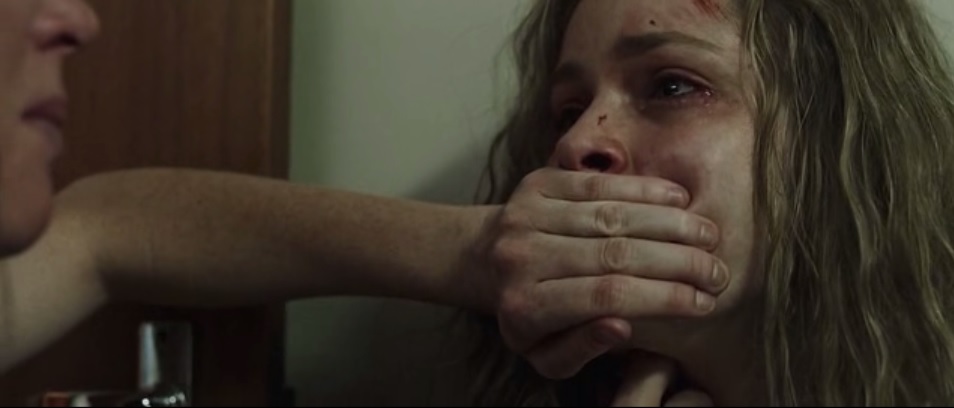


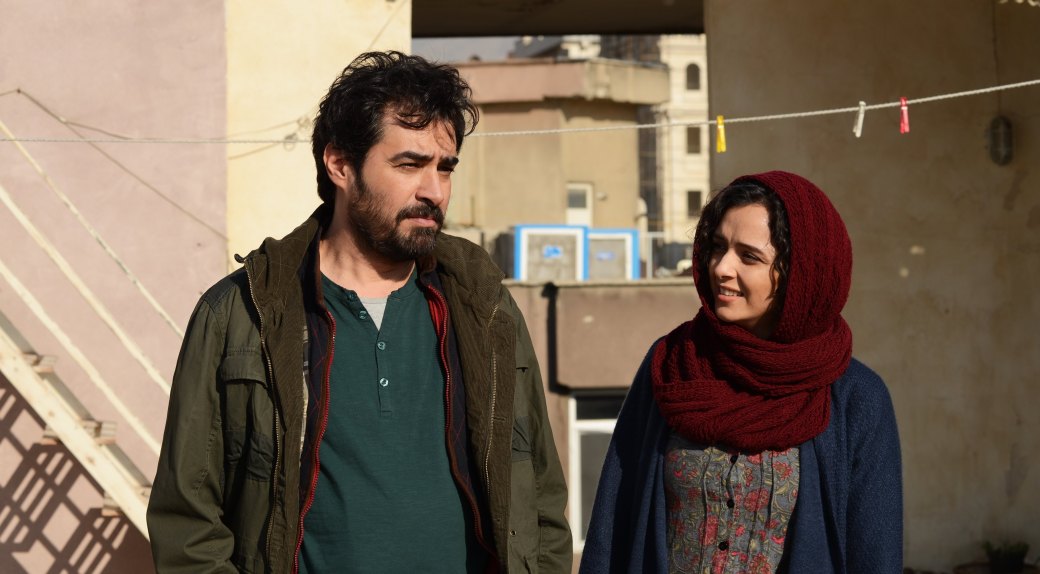
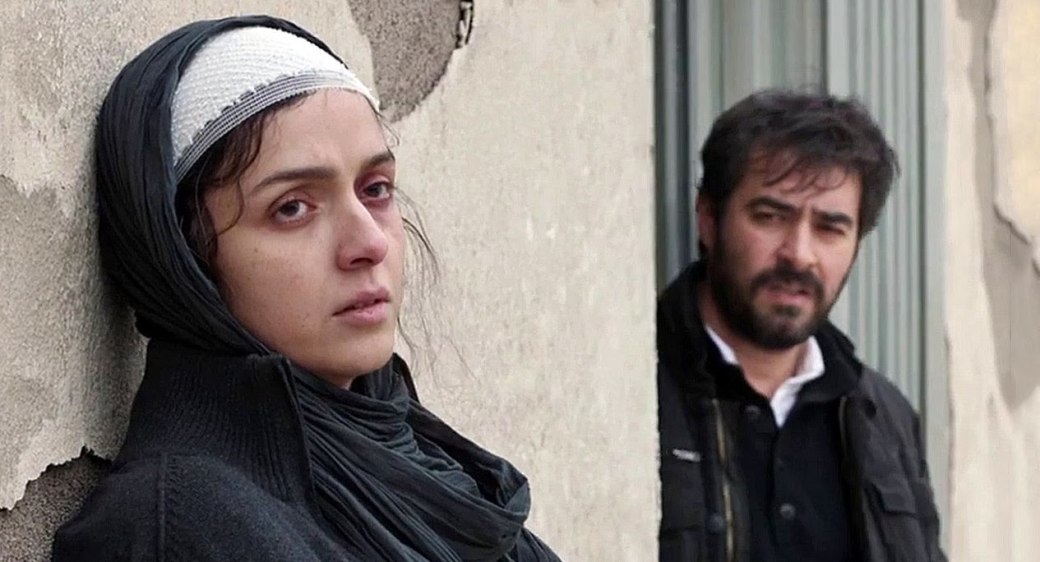

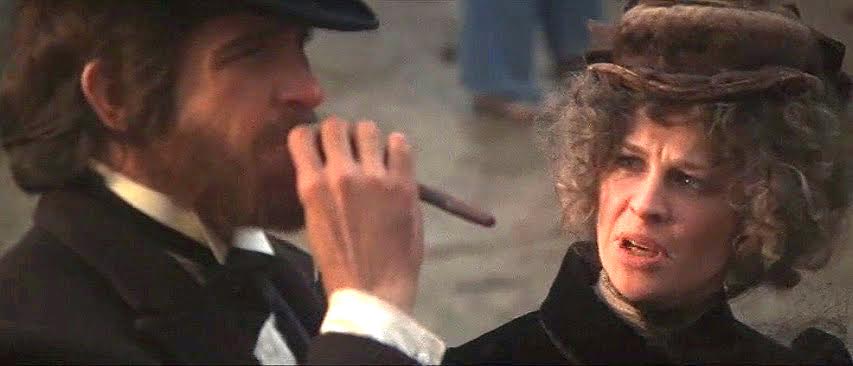
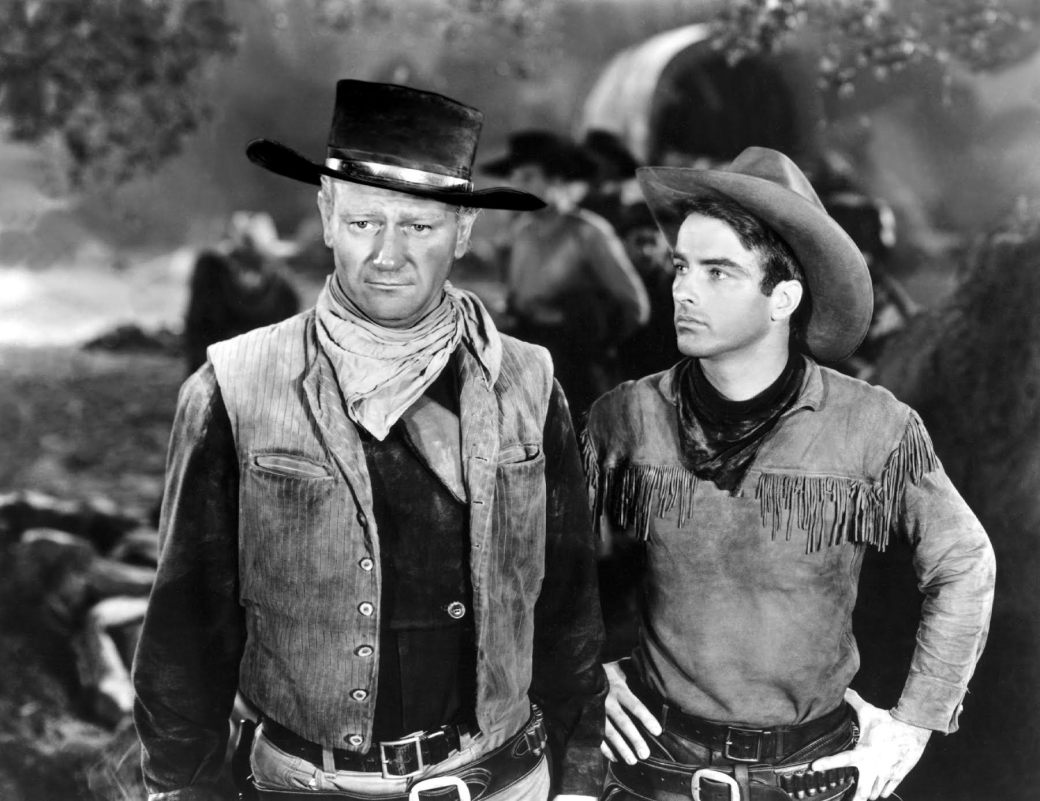

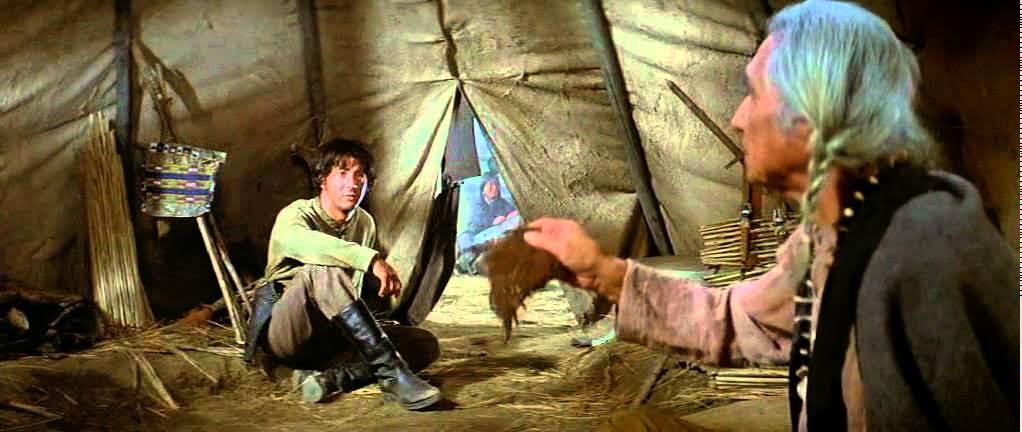
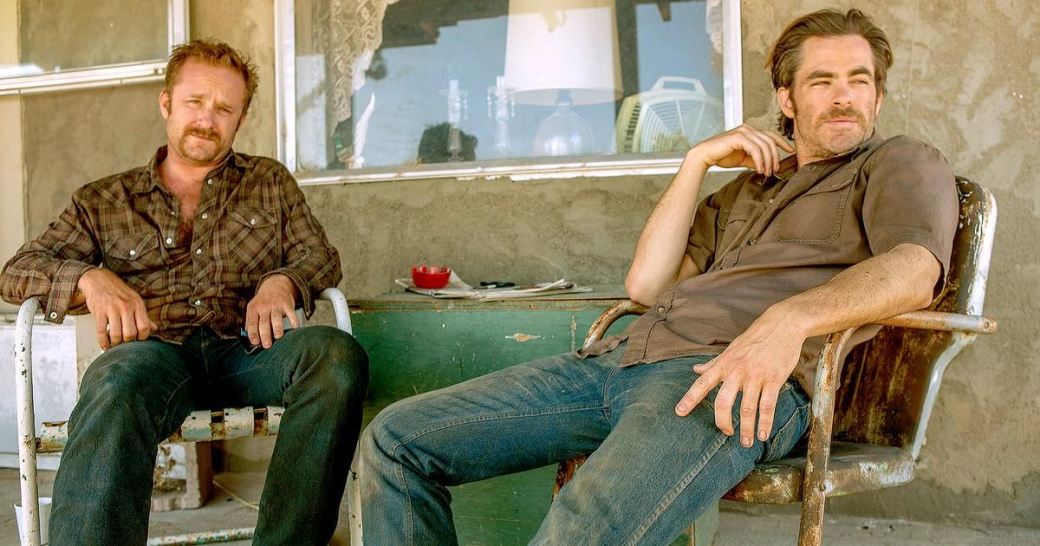

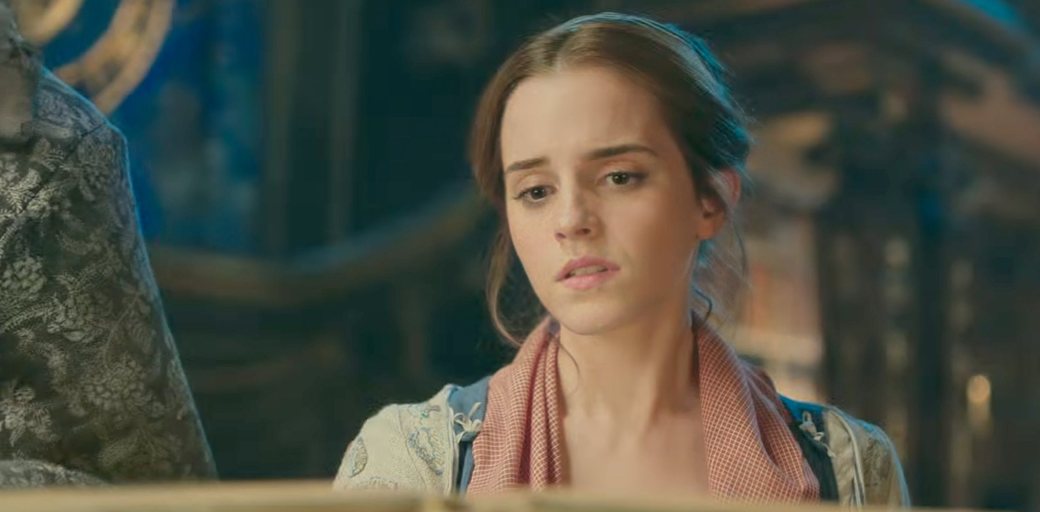
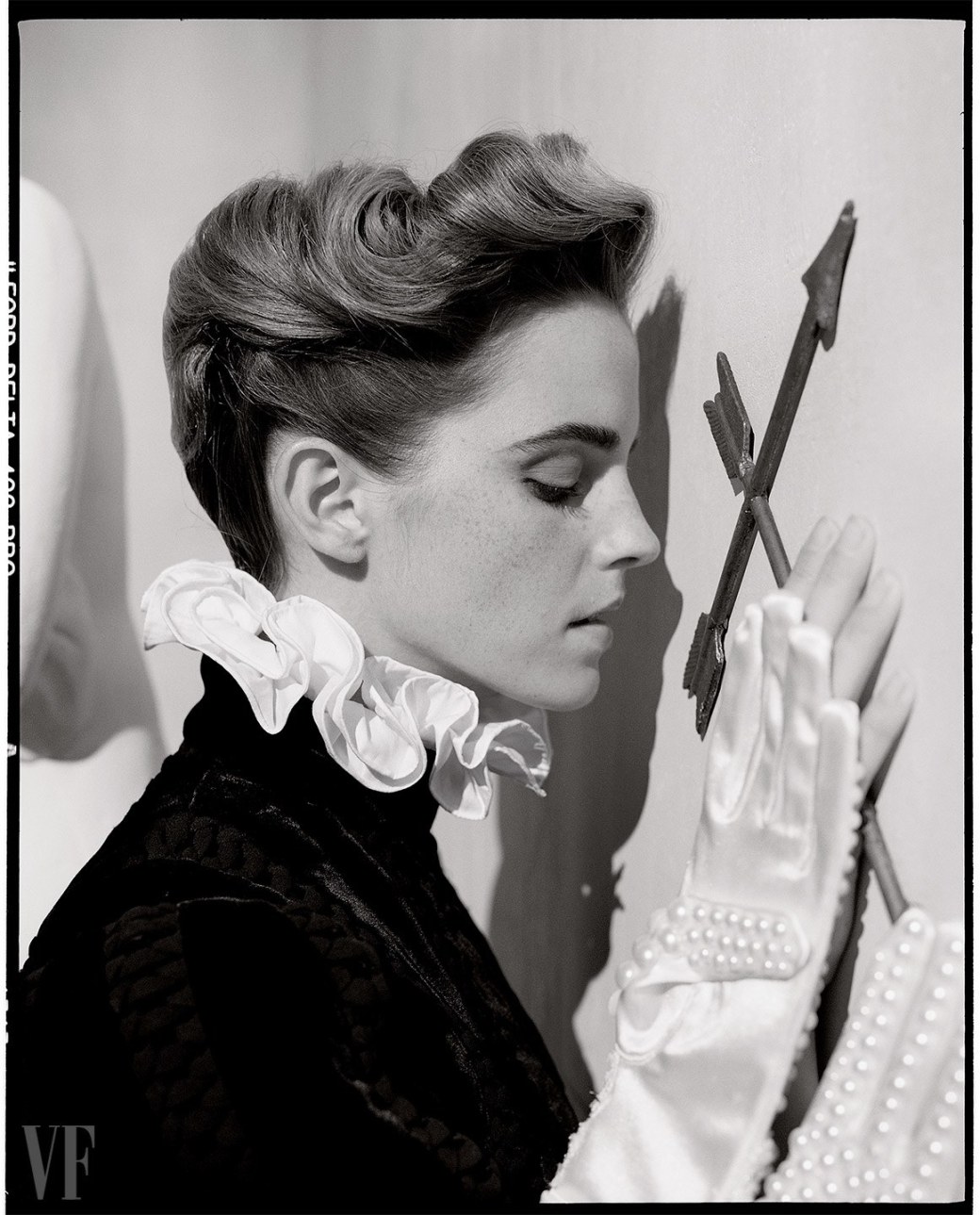


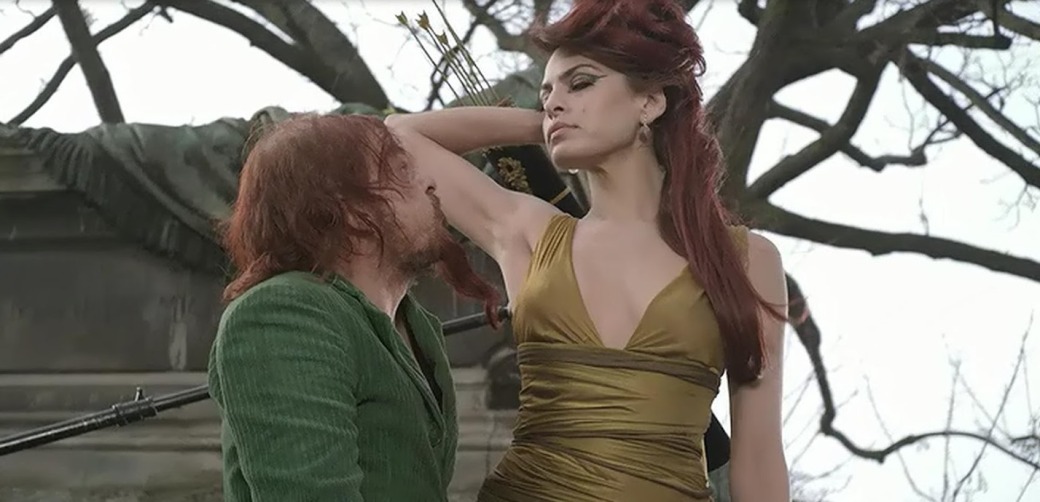
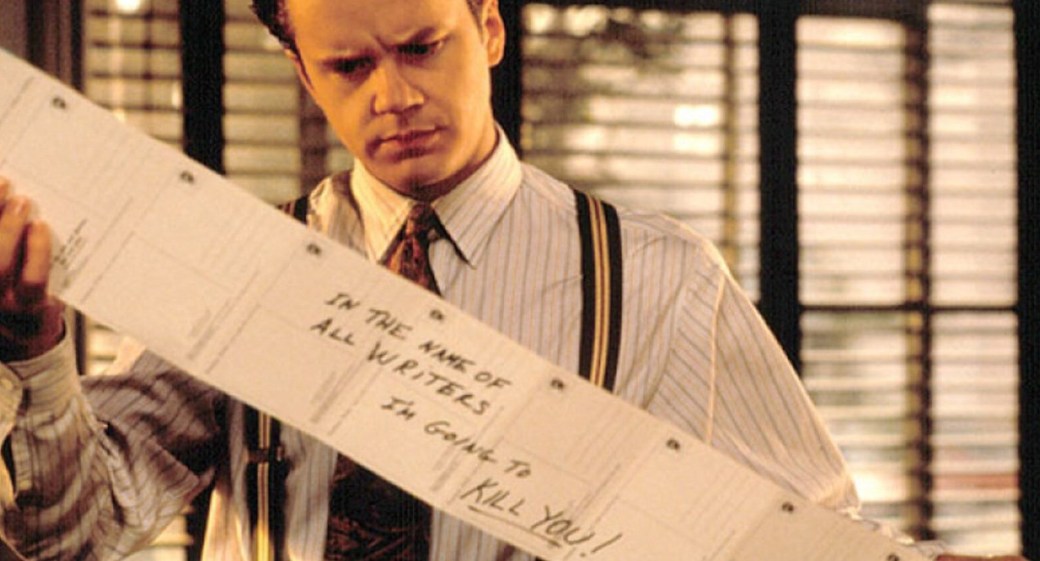
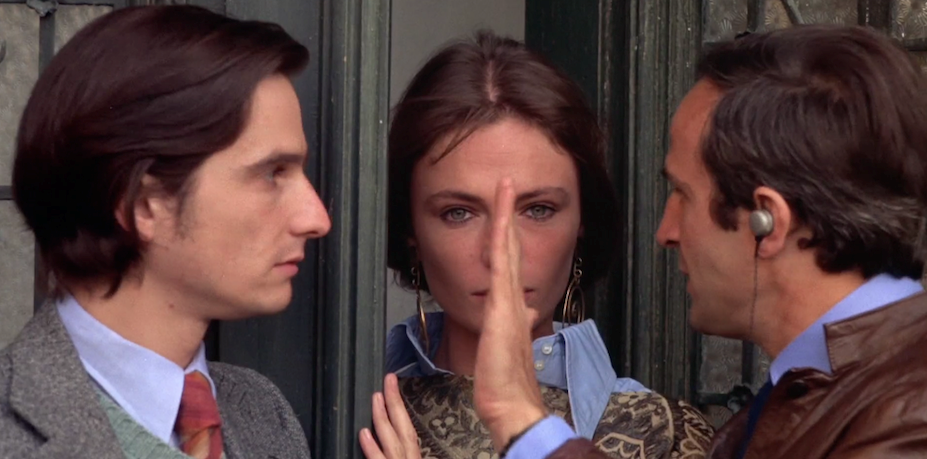
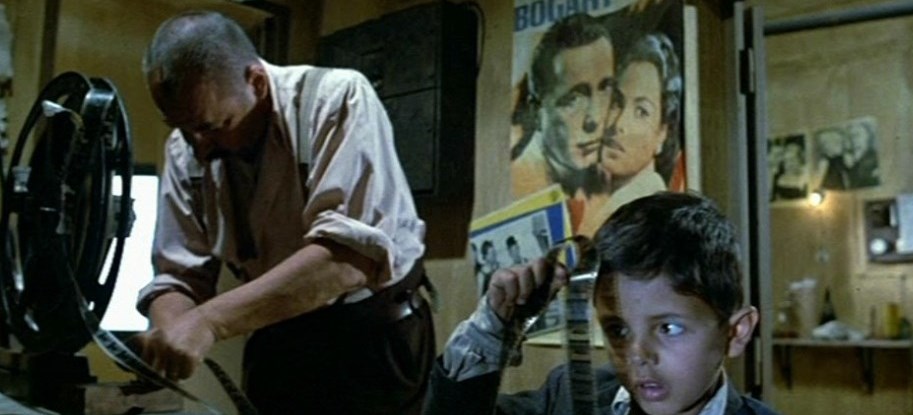

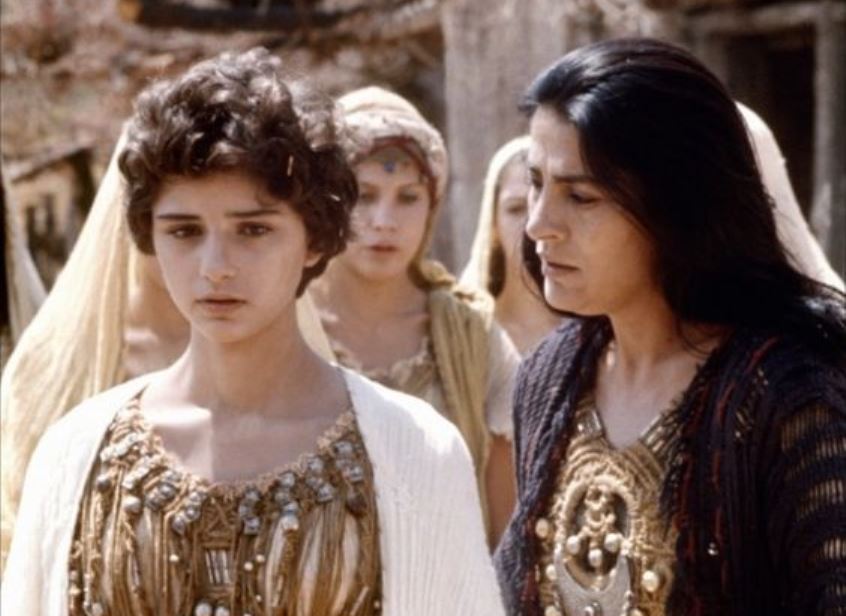
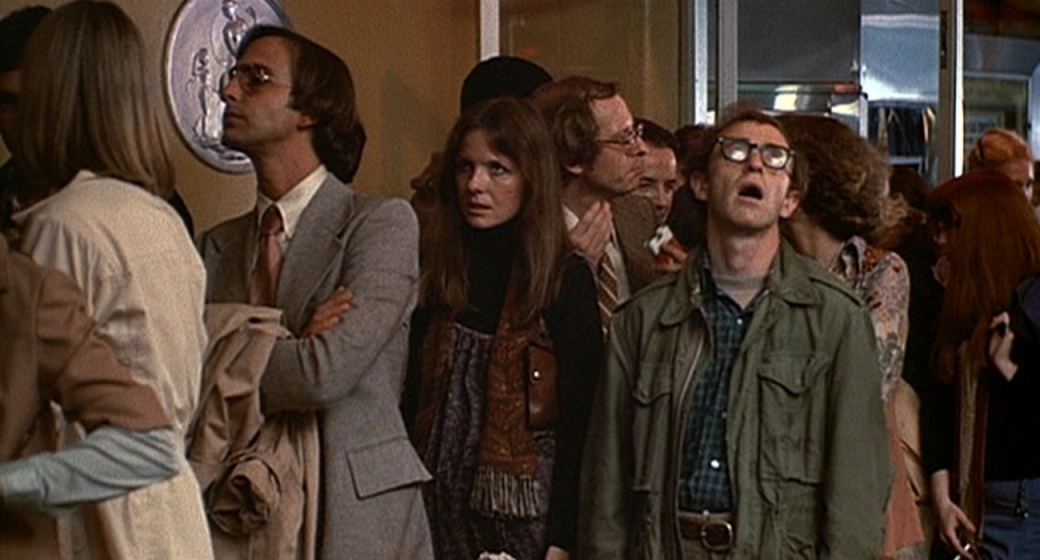
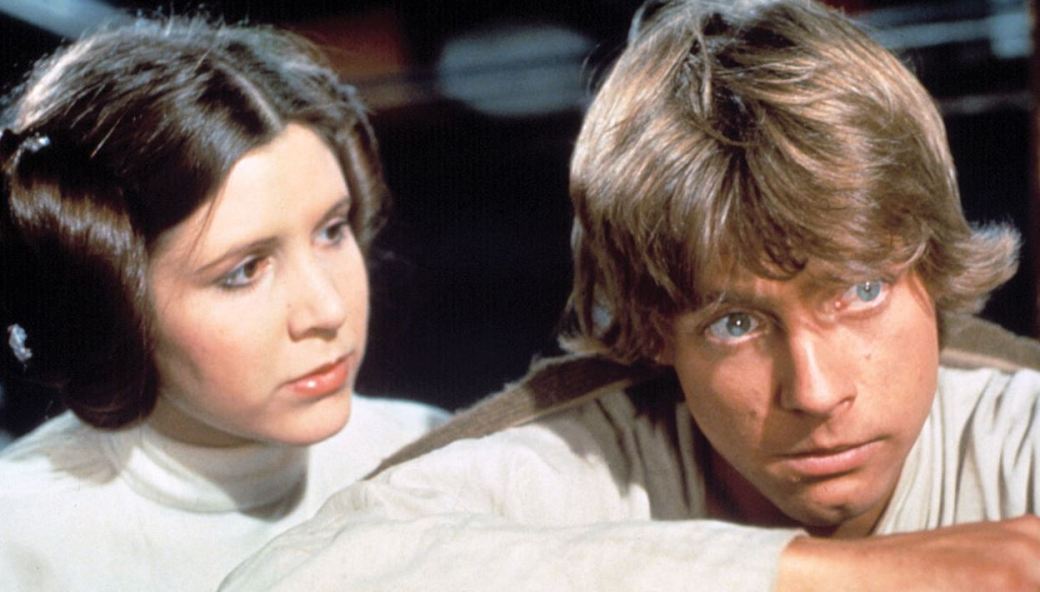





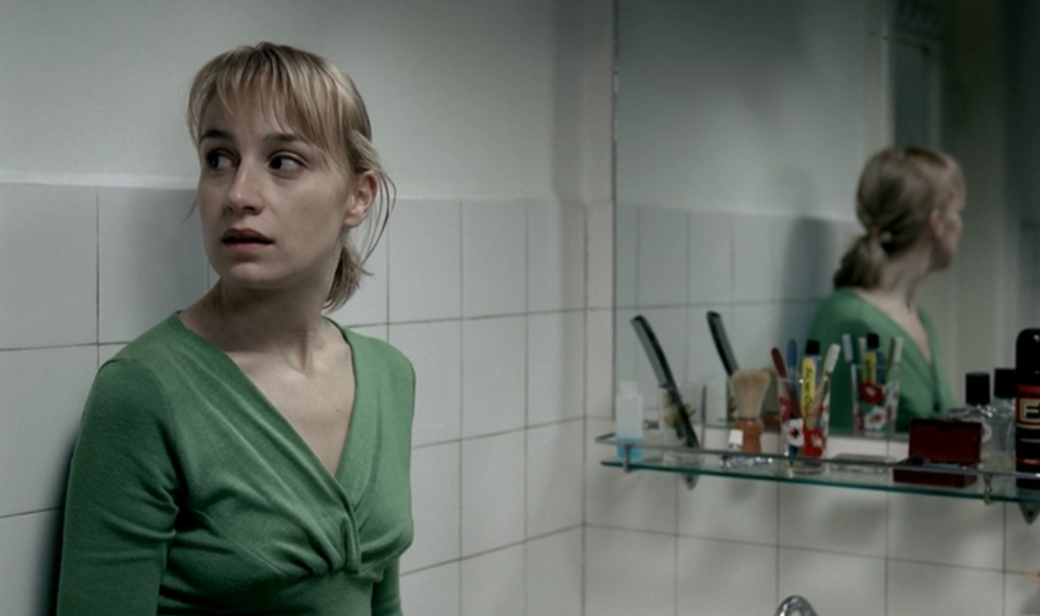
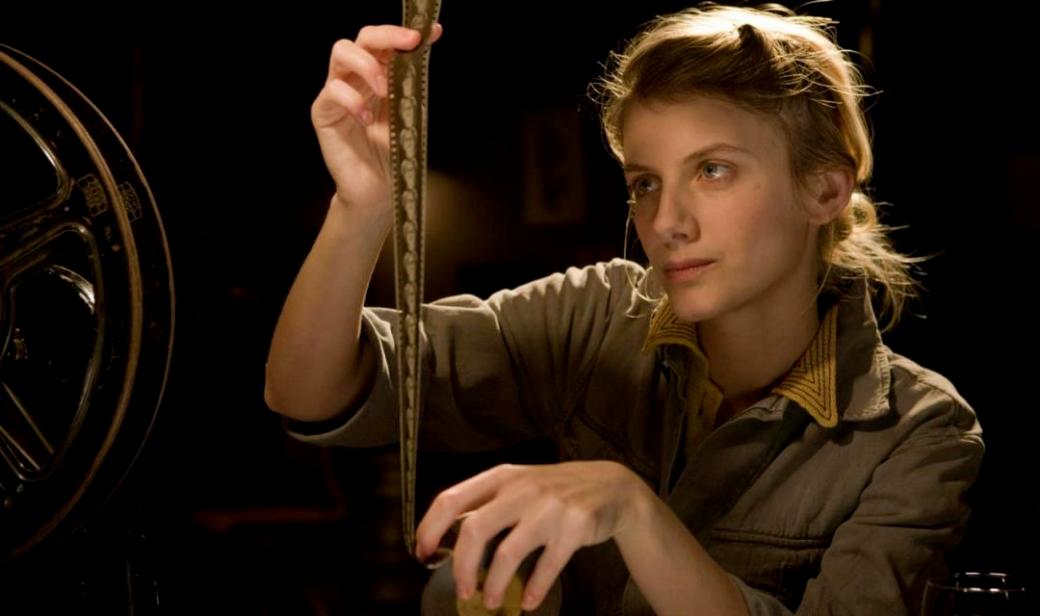
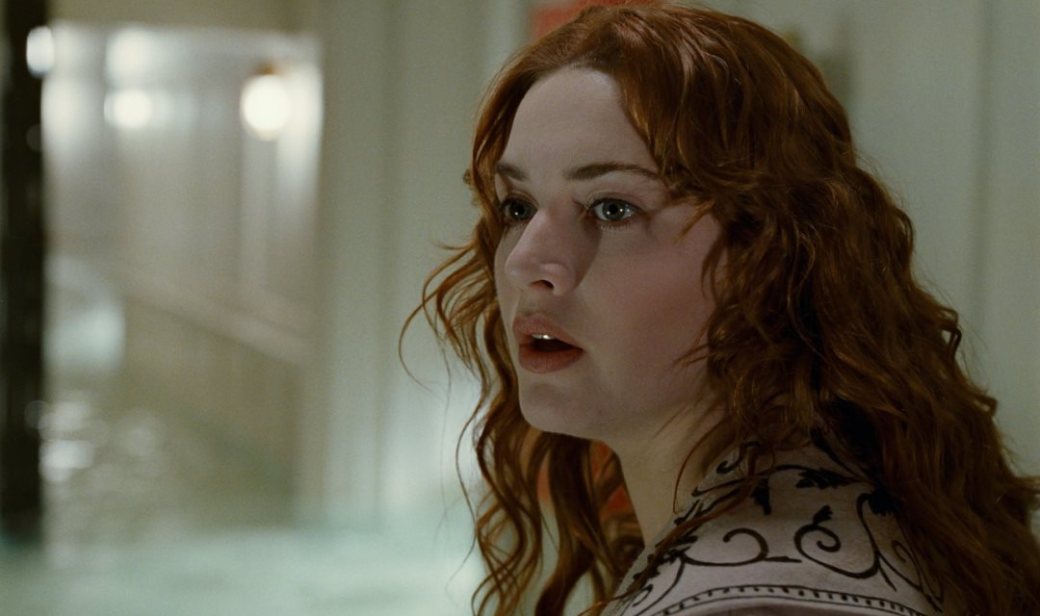

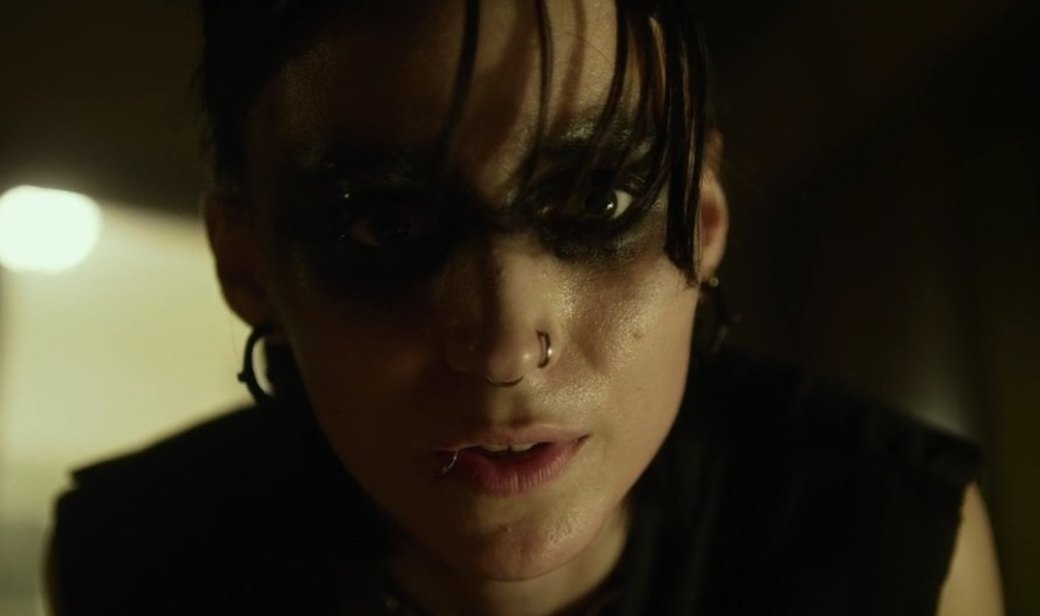
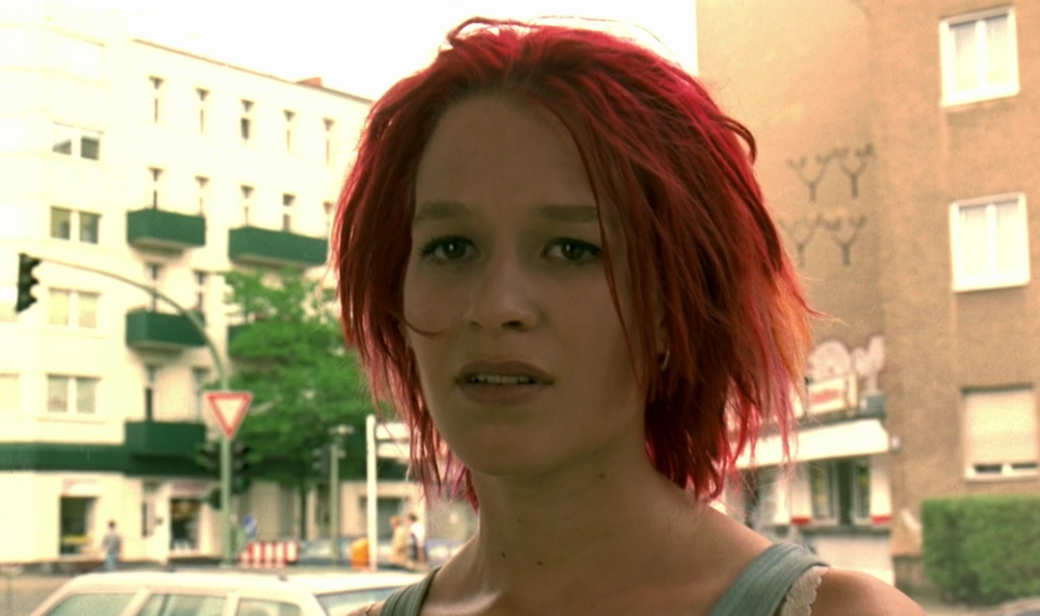
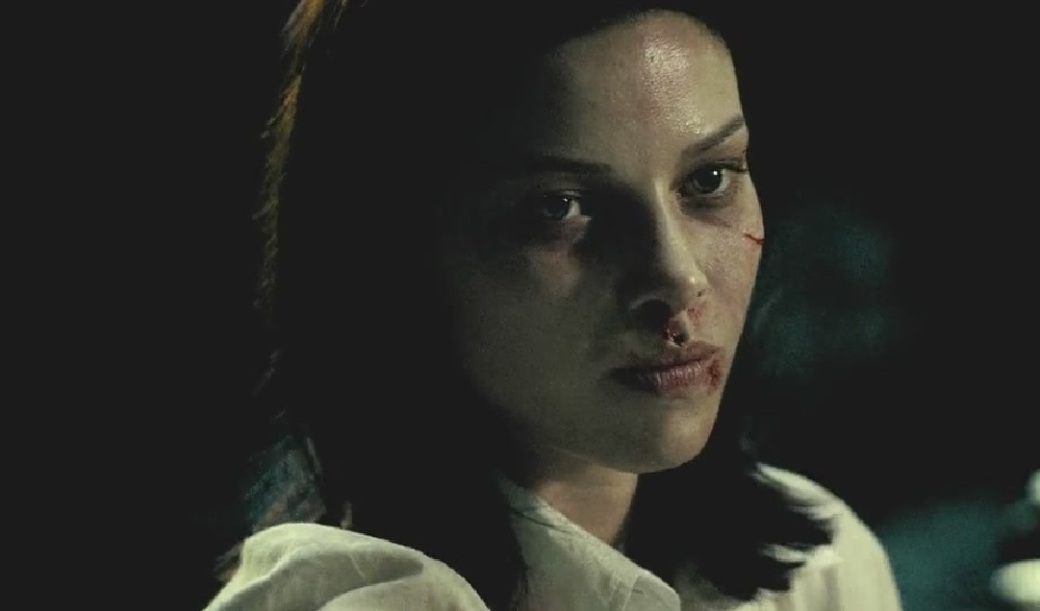

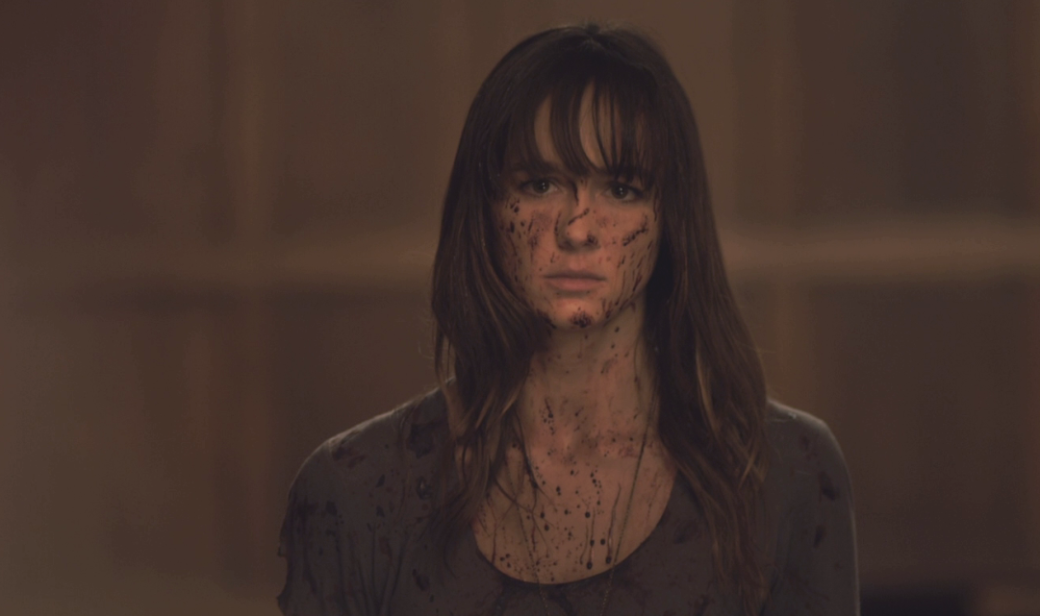
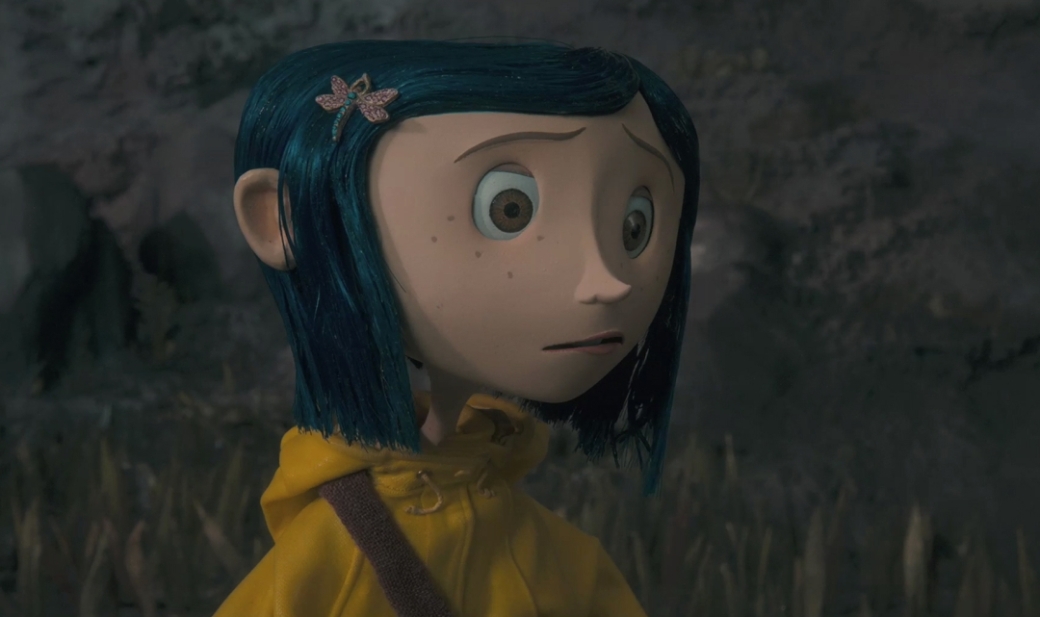
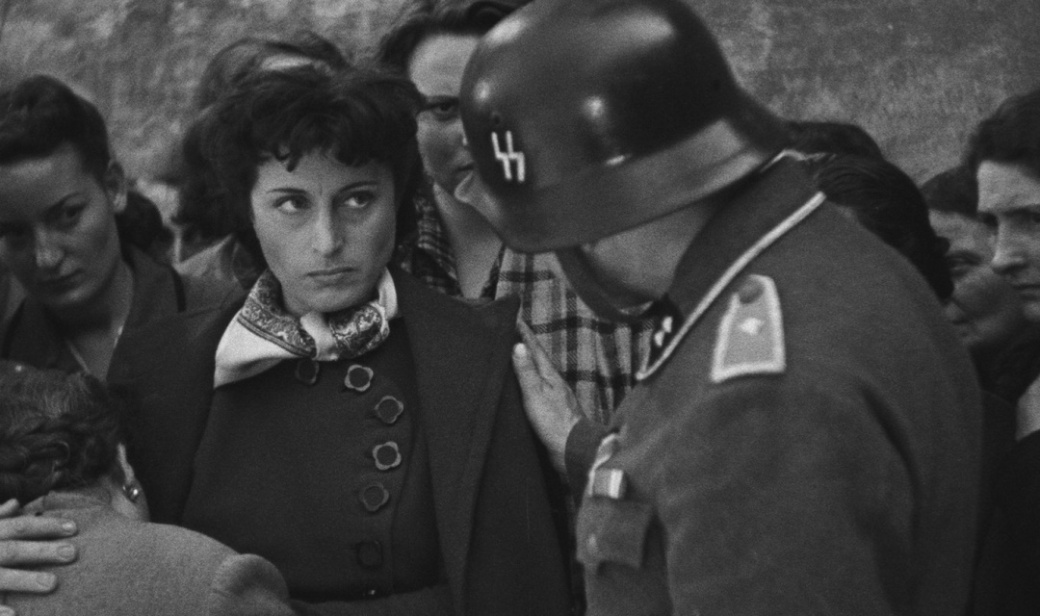

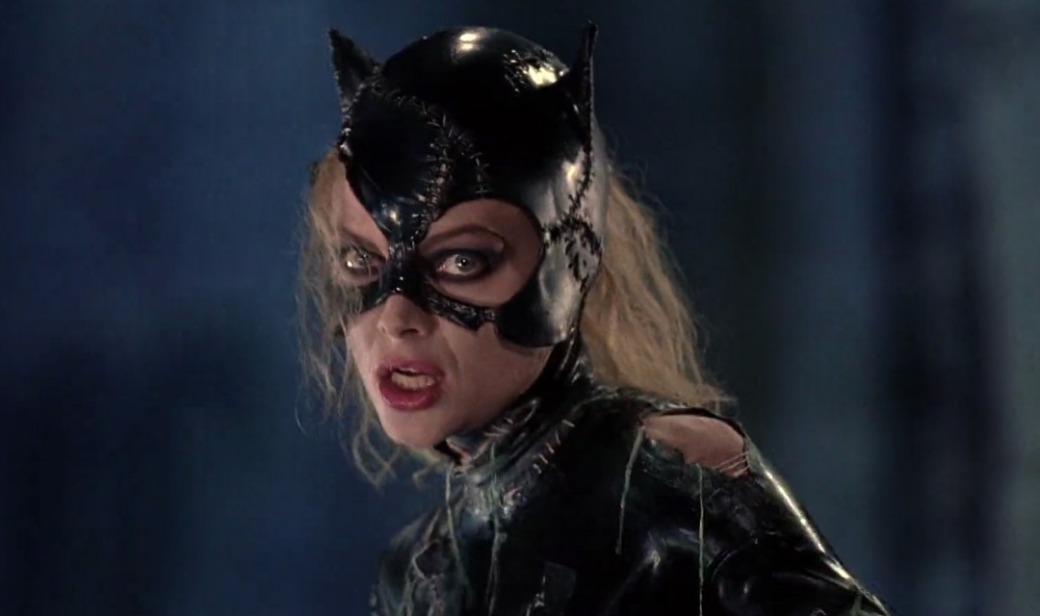
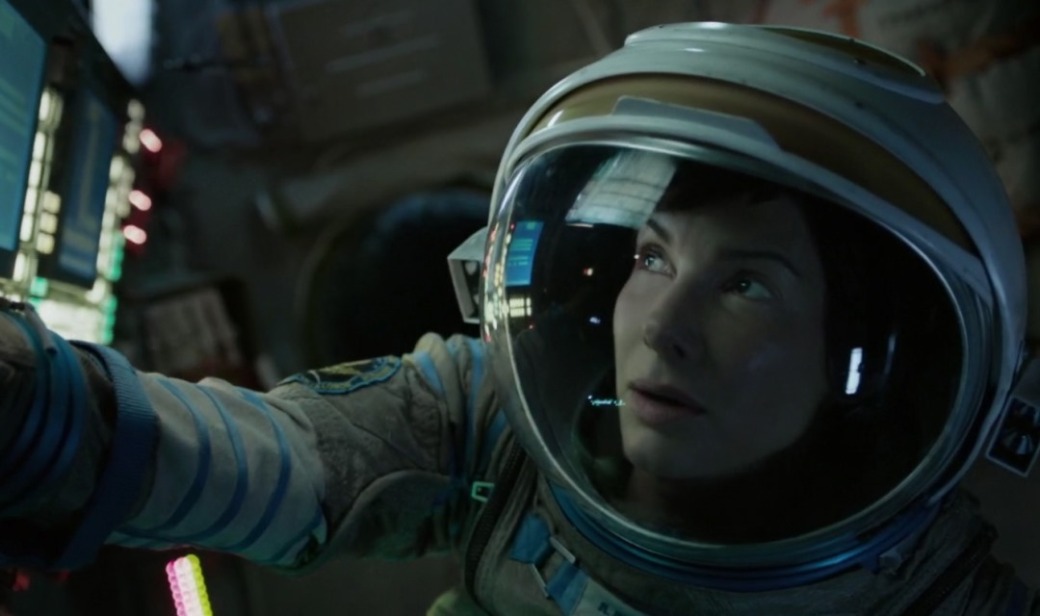
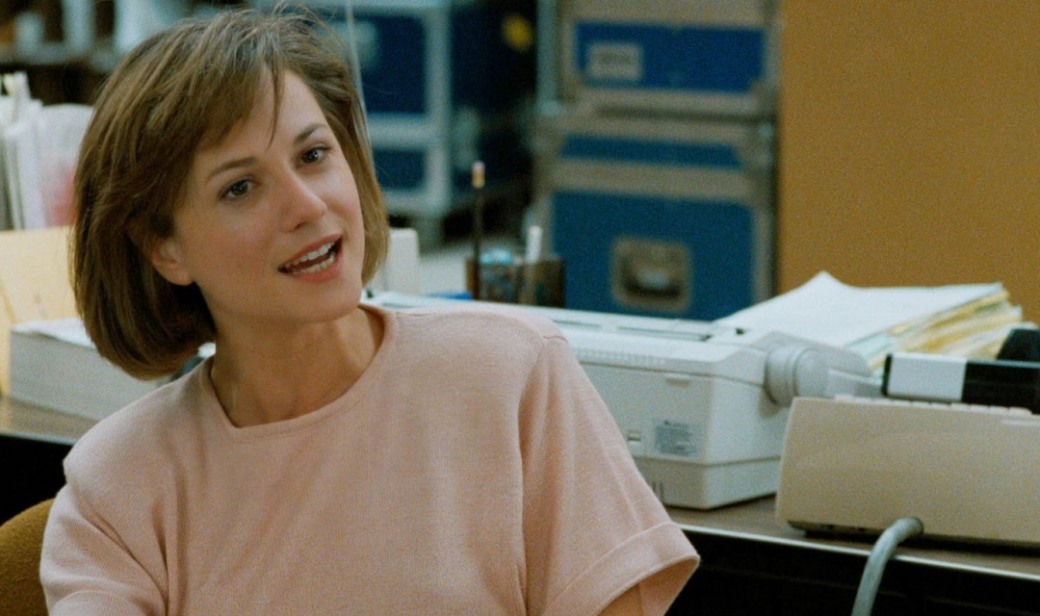




Recent Comments